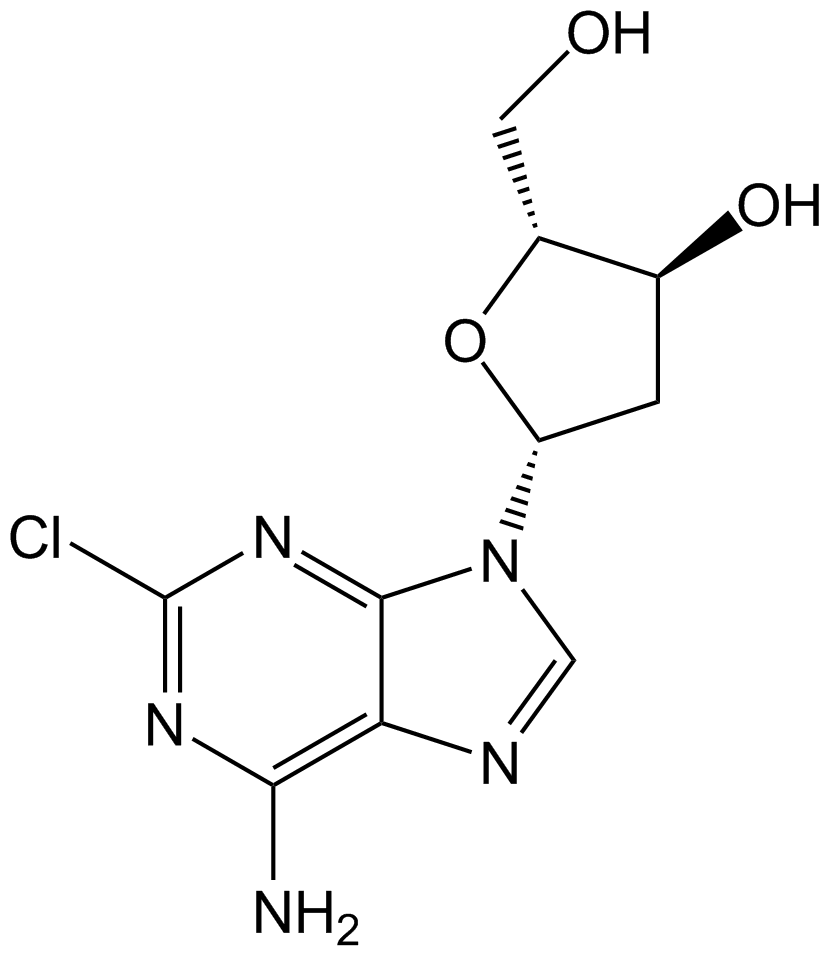GPCR/G protein
- Neuropeptide FF/AF Receptors(43)
- Neuropeptide S Receptor(1)
- GPBA Receptor(1)
- Trace Amine 1 Receptor(2)
- GPCR protein(1)
- FFAR3(1)
- Formyl Peptide Receptors(11)
- 5-HT Receptor(415)
- Acetylcholine(19)
- Adenosine Deaminase(12)
- Adenosine Receptor(133)
- Adenosine Kinase(5)
- Adiponectin Receptor(4)
- Adrenergic Receptor(404)
- Adrenergic Transporters(5)
- Apelin Receptor(9)
- Angiotensin Receptor(110)
- Bombesin Receptors(22)
- Bradykinin Receptors(27)
- Calcitonin and Related Receptors(10)
- Cannabinoid Receptor(137)
- Calcimimetic Agent(3)
- CaSR(24)
- CCK1 Receptors(7)
- CCK2 Receptors(7)
- CCR(79)
- Chemokine Receptors(25)
- CRF1 Receptors(9)
- CRF2 Receptors(3)
- CXCR(82)
- CysLT1 receptor(1)
- Endothelin Receptor(50)
- EP1 Receptor(3)
- EP4 Receptor(5)
- ERRγ(2)
- ETA Receptors(5)
- ETB Receptors(5)
- Free Fatty Acid Receptors(20)
- Galanin Receptors(11)
- Ghrelin Receptors(12)
- GHSR(22)
- GIP Receptor(5)
- Glucagon Receptor(66)
- Glucocorticoid Receptor(87)
- GLUT1(2)
- Gonadotropin-Releasing Hormone Receptors(3)
- GPCR19(13)
- GPR109A(4)
- GPR119(11)
- GPR120(12)
- GPR35(8)
- GPR44(1)
- GPR55(10)
- Hydroxycarboxylic Acid Receptors(5)
- Leukotriene Receptor(55)
- LPA Receptor(15)
- LPL Receptor(60)
- LTD4 Receptor(2)
- mGluR (115)
- Melanin-concentrating Hormone Receptors(7)
- Melanocortin (MC) Receptors(49)
- Melatonin Receptors(23)
- Motilin Receptor(7)
- MT Receptor(1)
- Non-selective CRF(7)
- Neurotensin Receptors(21)
- NK2 Receptors(7)
- NK3 Receptor(8)
- NOP Receptor(22)
- NPY Receptors(28)
- Orexin(3)
- Orphan 7-TM Receptors(6)
- OX Receptor(42)
- Oxytocin Receptors(21)
- P2Y Receptor(55)
- PACAP Receptors(3)
- PAF Receptors(8)
- Peptide Receptors(15)
- PGD2 Receptor(2)
- Prostaglandin Receptor(168)
- Prostanoid Receptors(25)
- Protease-Activated Receptors(10)
- RGS(4)
- S1P receptor(9)
- Secretin Receptors(1)
- Sensory Neuron-Specific Receptors(1)
- Somatostatin Receptor(34)
- Sigma Receptor(54)
- Vasopressin Receptor(33)
- 17,20-lyase(7)
- Ras(118)
- Urotensin-II Receptor(11)
- VIP Receptors(7)
- EBI2/GPR183(5)
- TSH Receptor(10)
- NK Receptor(1)
- GPR81(1)
- C3aR(1)
- CysLT2 receptor(1)
- S1P receptor inhibitor(22)
- CCKB(1)
- FFAR1 (GPR40)(22)
- GPR84(5)
- Neuromedin U Receptors(2)
- Kisspeptin Receptor(4)
- CRFR(21)
- RGS Protein(7)
- Urotensin Receptor(6)
- Cholecystokinin Receptor(23)
- GPR139(3)
- mAChR(179)
- MCHR1 (GPR24)(16)
- Neurokinin Receptor(72)
- cGMP(18)
- GRK(1)
Products for GPCR/G protein
- Cat.No. Product Name Information
-
GC66030
CB1 agonist 1
CB1 agonist 1 (compound 22) is an agonist of CB1. CB1 agonist 1 shows affinity to CB1 receptor with an pIC50 value of 5.7. CB1 agonist 1 can be used for the research of brain disorders.
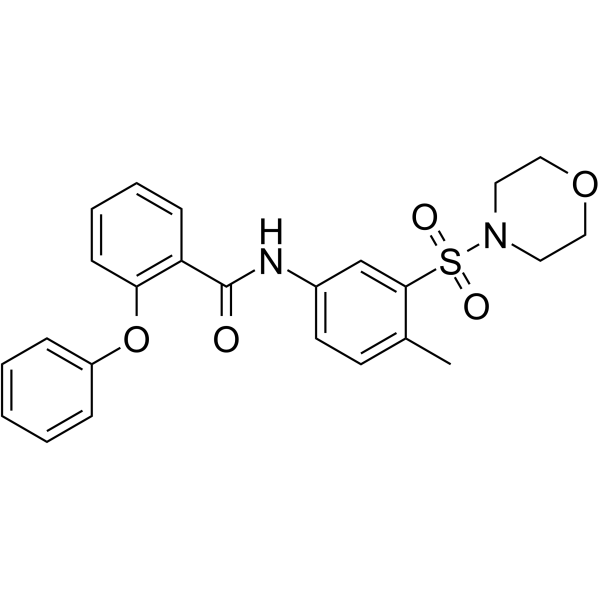
-
GC31306
CB1 antagonist 1
CB1 antagonist 1 is an antagonist of CB1 receptor, used in the research of metabolic syndrome and obesity, neuroinflammatory disorders, cognitive disorders and psychosis, gastrointestinal disorders, and cardiovascular conditions.
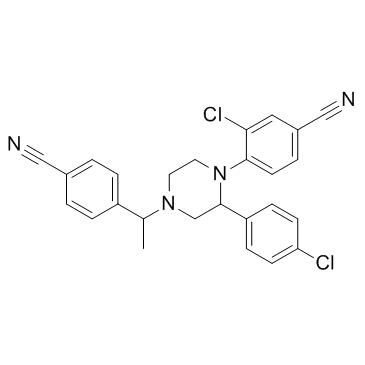
-
GC30935
CB1-IN-1
CB1-IN-1 (BPRCB1184) is a peripherally restricted CB1R antagonist, with Ki of 0.3 nM and 21 nM for CB1R (EC50 = 3 nM) and CB2R, respectively.
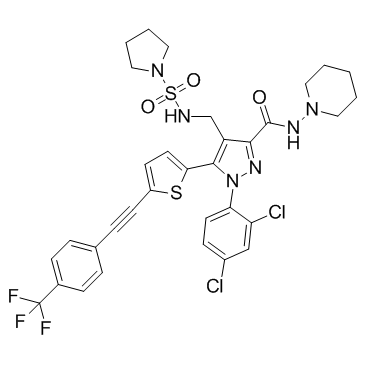
-
GC33756
CB2R-IN-1
CB2R-IN-1 is a potent cannabinoid CB2 receptor inverse agonist with a Ki of 0.9 nM.
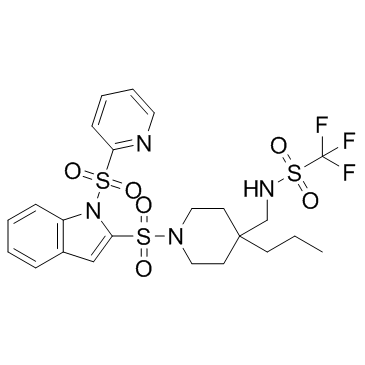
-
GC30875
CCG 203769
CCG 203769 is a selective G protein signaling (RGS4) inhibitor, which blocks the RGS4-Gαo protein-protein interaction in vitro with an IC50 of 17 nM.
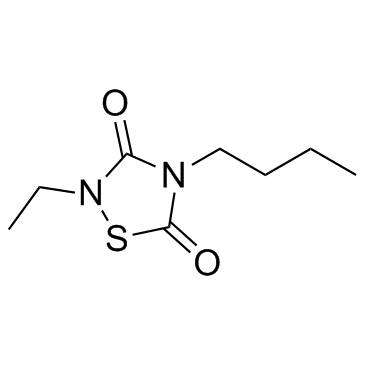
-
GC14266
CCG 203971
Antifibrotic agent
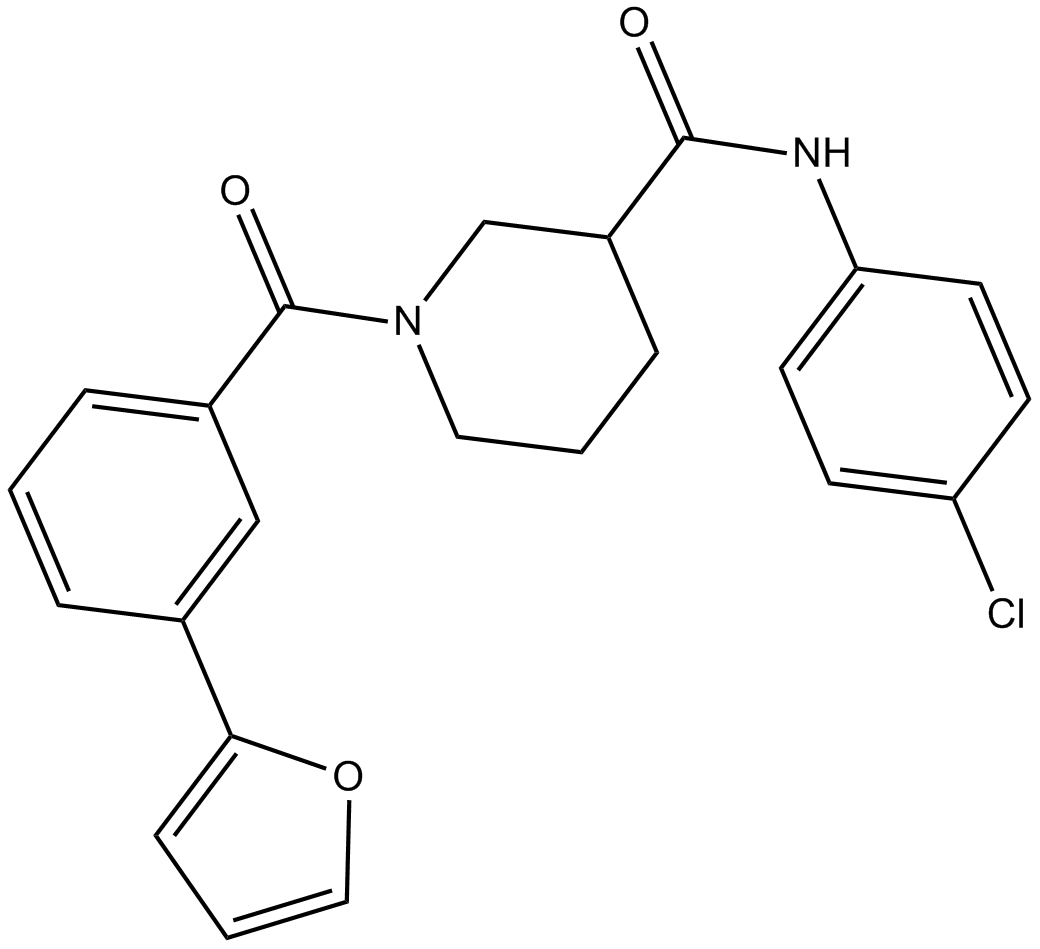
-
GC16137
CCG 2046
CCG 2046 is a RGS4 inhibitor with an IC50 of 4.3 μM against RGS4-Gαo interaction signal.
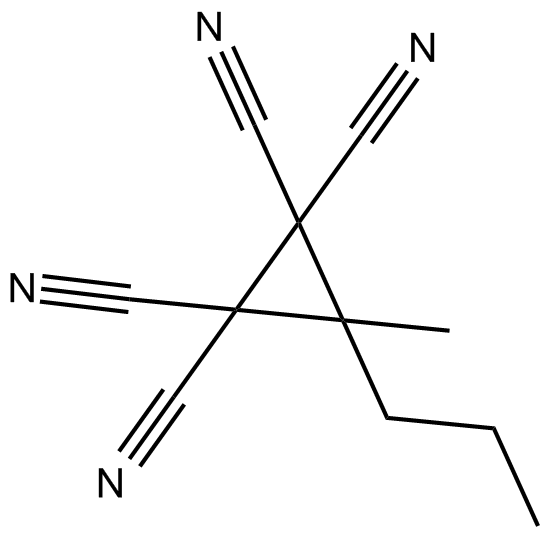
-
GC16846
CCG 50014
RGS4 Inhibitor,potent and selective
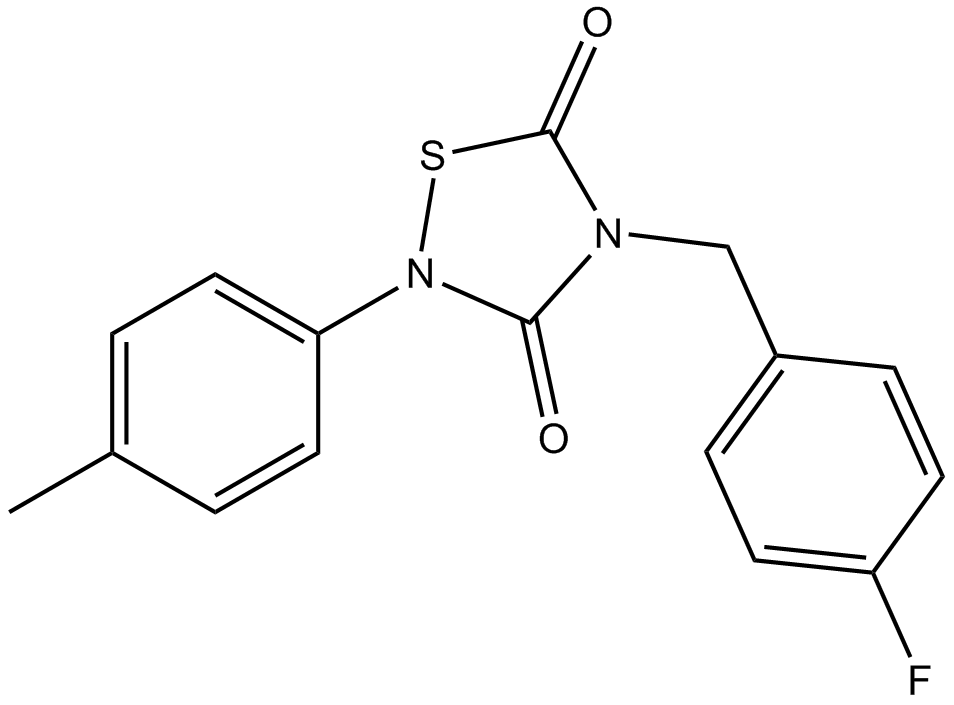
-
GC12795
CCG-1423
RhoA inhibitor
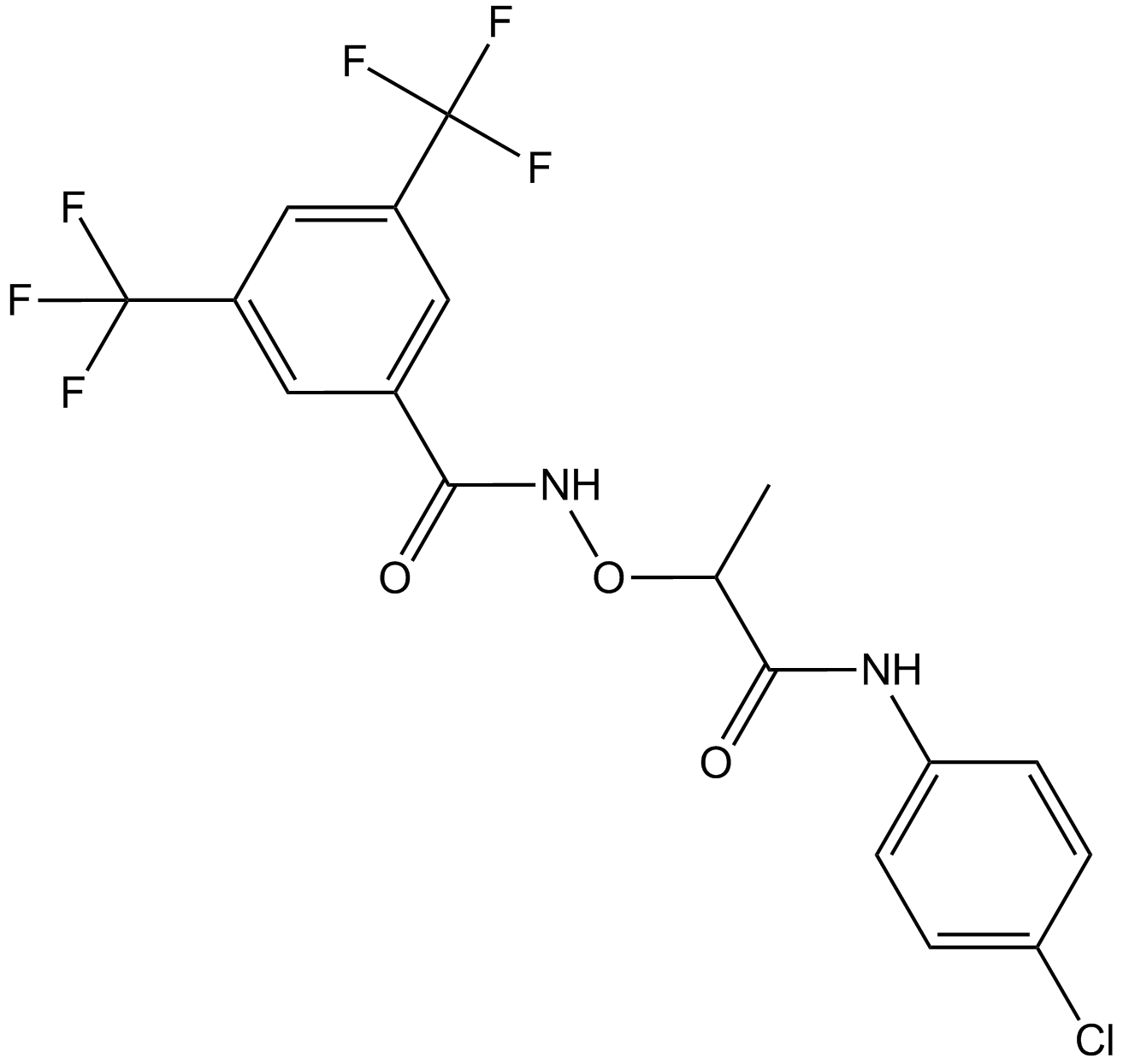
-
GC38898
CCG-222740
CCG-222740 is an orally active and selective Rho/myocardin-related transcription factor (MRTF) pathway inhibitor. CCG-222740 is also a potent inhibitor of alpha-smooth muscle actin protein expression. CCG-222740 effectively reduces fibrosis in skin and blocks melanoma metastasis.
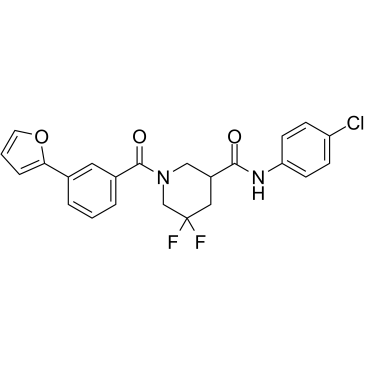
-
GC10658
CCG-63802
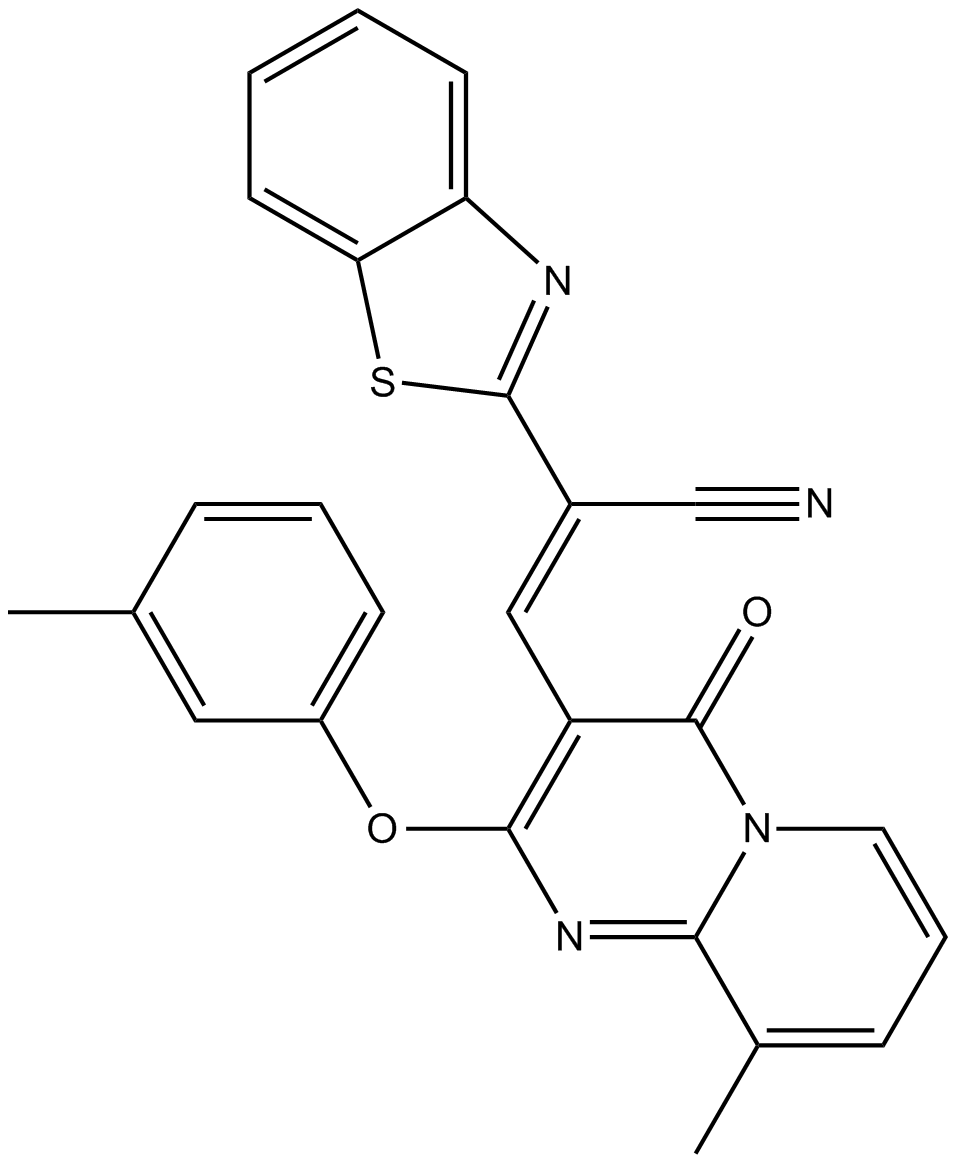
-
GC14412
CCG-63808
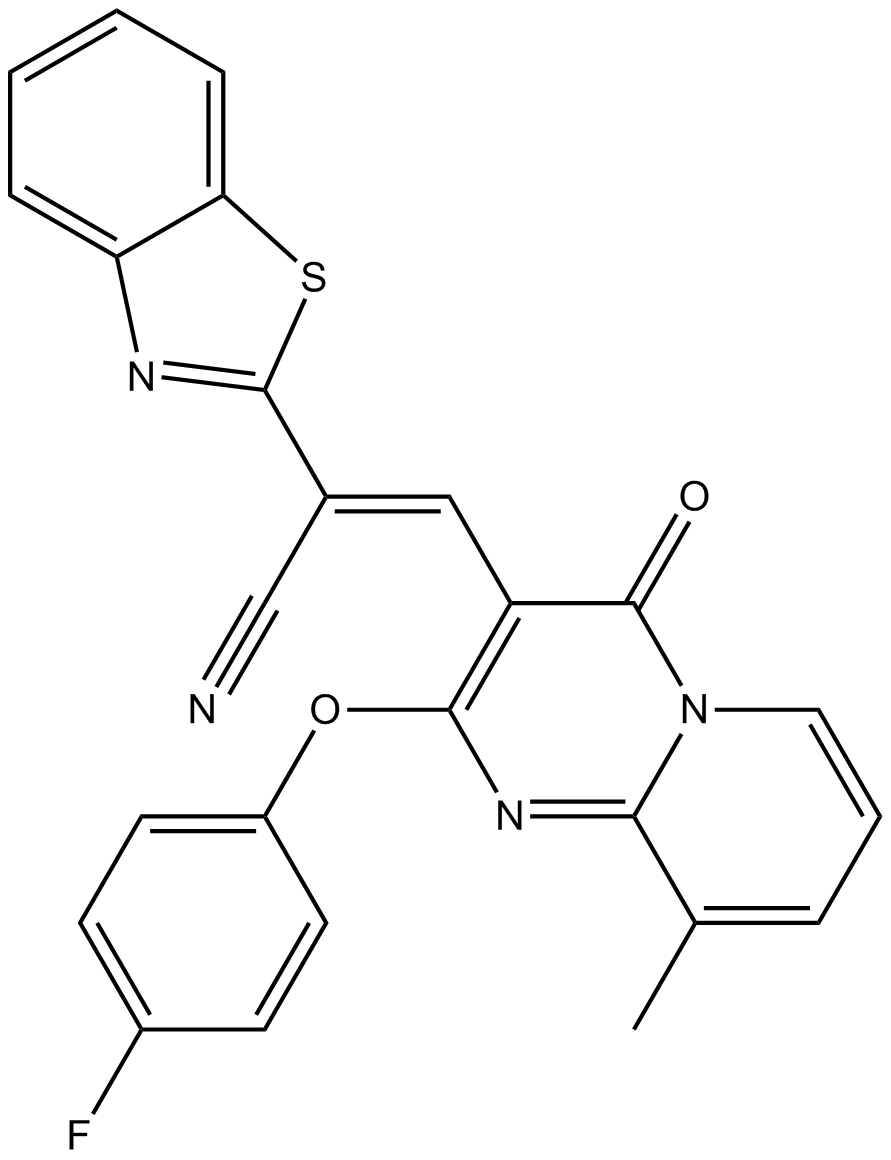
-
GC13327
CCK Octapeptide, non-sulfated
CCK Octapeptide, non-sulfated is a synthetic desulfated octapeptides of cholecystokinin (CCK).
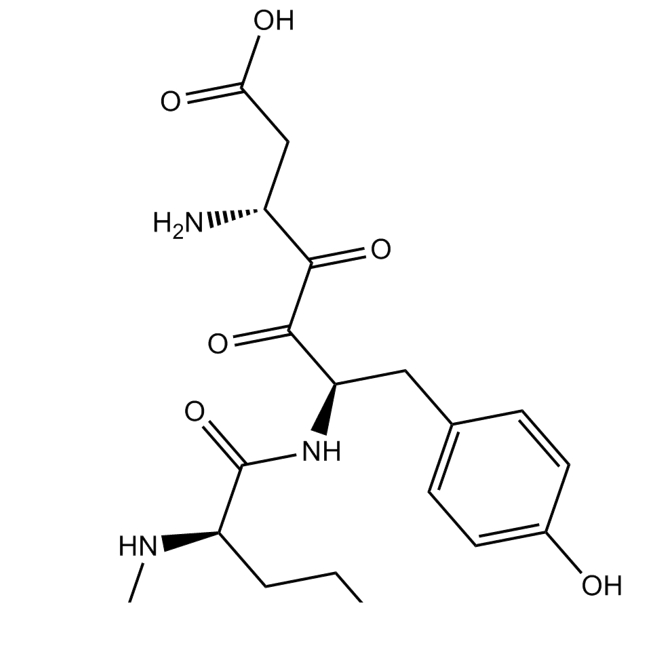
-
GC31558
CCK-A receptor inhibitor 1
CCK-A receptor inhibitor 1 is a cholecystokinin A (CCK-A) receptor inhibitor with a binging IC50 of 340 nM.
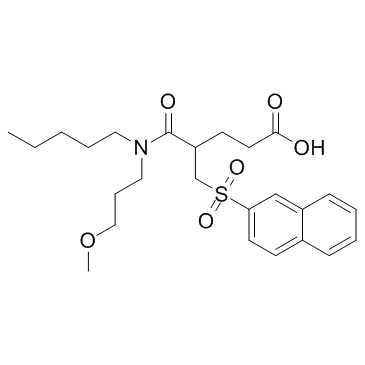
-
GC30752
CCK-B Receptor Antagonist 1
CCK-B Receptor Antagonist 1 is an antagonist of cholecystokinin B (CCK-B) receptor, and has the potential of reducing the secretion of gastric acid.
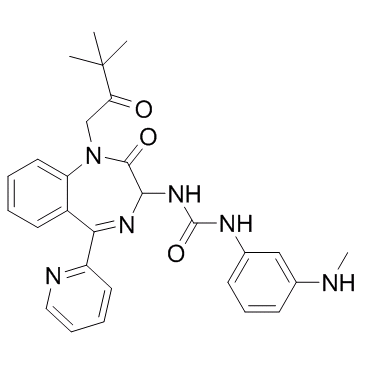
-
GC38746
CCK-B Receptor Antagonist 2
CCK-B Receptor Antagonist 2, compound 15b, is a potent and orally active Gastrin/CCK-B antagonist with an IC50 value of 0.43 nM.
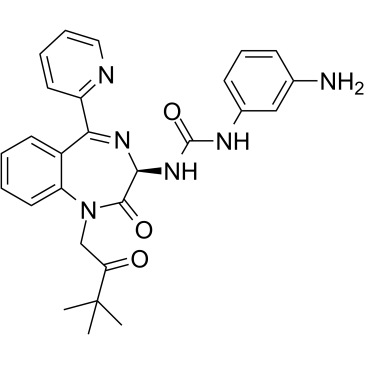
-
GC31996
CCR1 antagonist 1
CCR1 antagonist 1 is an antagonist of CCR1, with anti-inflammatory activity.
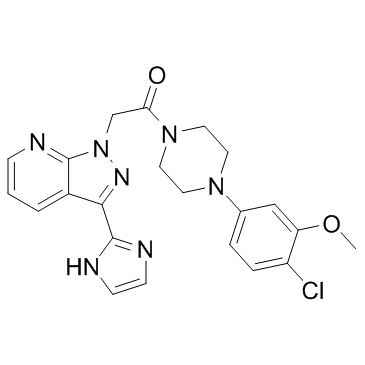
-
GC31893
CCR1 antagonist 8
CCR1 antagonist 8 (compound 19n), a third azaindazole series compound, is a CCR1 antagonist, with an IC50 of 1.8 nM in Ca2+ flux assay.
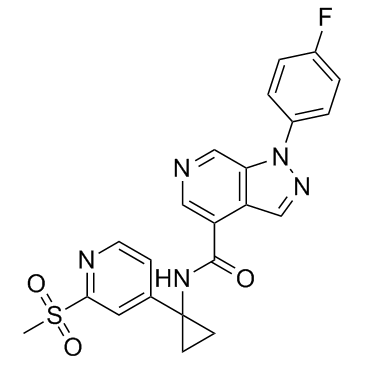
-
GC30560
CCR2 antagonist 1
CCR2 antagonist 1 is a high-affinity and long-residence-time CCR2 antagonist, with a Ki of 2.4 nM.
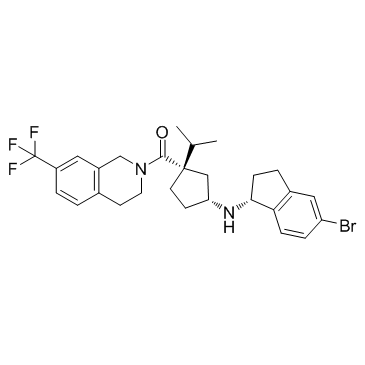
-
GC31911
CCR2 antagonist 3
CCR2 antagonist 3 is a chemokine receptor 2 (CCR2) antagonist.
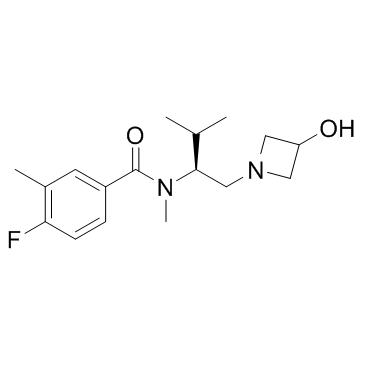
-
GC60679
CCR2 antagonist 4
CCR2 antagonist 4 (Teijin compound 1) is a potent and specific CCR2 antagonist, with IC50s of 180 nM for CCR2b.
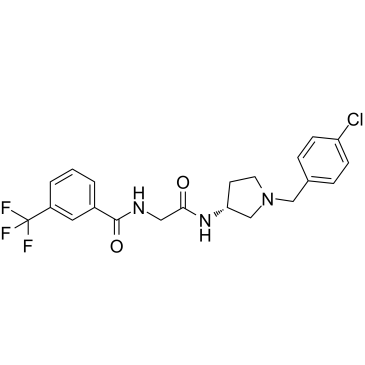
-
GC31714
CCR2-RA-[R]
CCR2-RA -[R] can inhibit CCR2 in a non-competitive binding manner, mainly by blocking activation-related conformational changes and the formation of G-protein binding interfaces.
![CCR2-RA-[R] Chemical Structure CCR2-RA-[R] Chemical Structure](/media/struct/GC3/GC31714.png)
-
GC32017
CCR3 antagonist 1
CCR3 antagonist 1 is a potent antagonist of CCR3, used for the research of immunologic and inflammatory diseases.
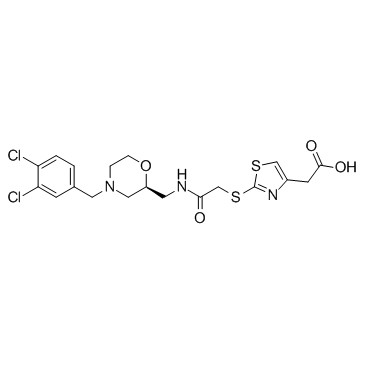
-
GC35626
CCR4 antagonist 2
CCR4 antagonist 2 (Compound 31) is a novel potent, orally bioavailable small molecule antagonists of CC chemokine receptor 4 (CCR4) that inhibits Treg trafficking into the Tumor Microenvironment without suppressing the number of Treg in healthy tissues.
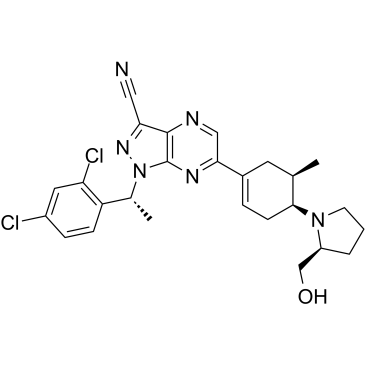
-
GC64441
CCR4 antagonist 3
CCR4 antagonist 3 is an orally active, potent and selective CCR4 antagonist. CCR4 antagonist 3, featuring a novel piperidinyl-azetidine motif, has IC50s of 22 nM and 50 nM in the calcium flux and CTX assay. CCR4 antagonist 3 has antitumor activity.
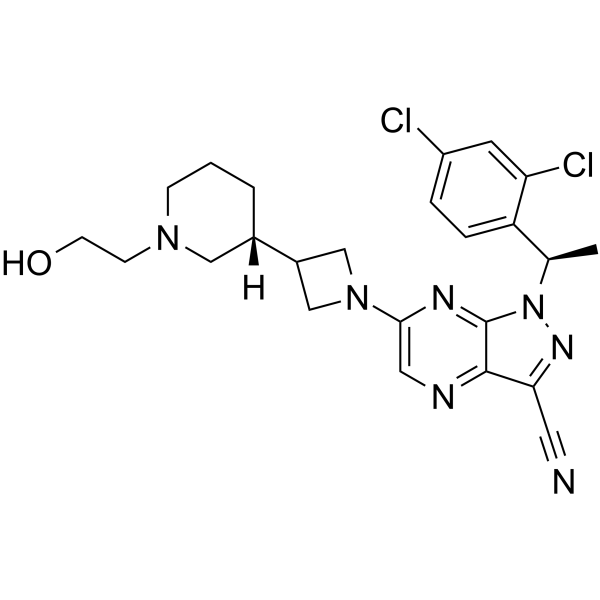
-
GC63857
CCR4 antagonist 3 hydrochloride
CCR4 antagonist 3 hydrochloride is an orally active, potent and selective CCR4 antagonist.
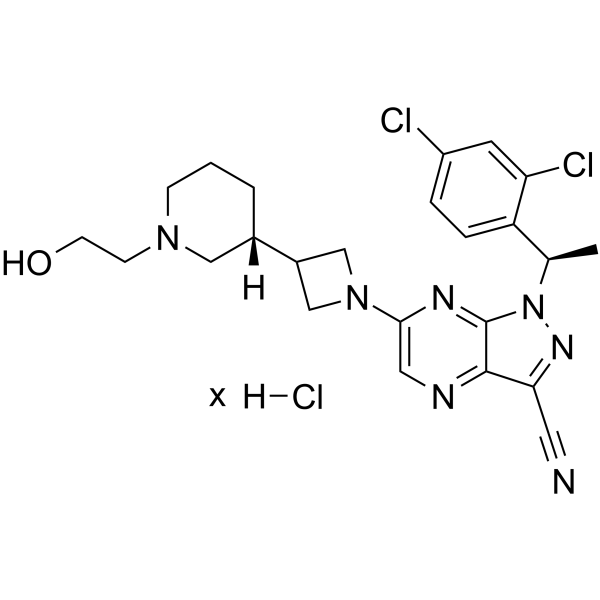
-
GC32367
CCR5 antagonist 1
CCR5 antagonist 1 is a CCR5 antagonist which can inhibit HIV replication extracted from WO 2004054974 A2.
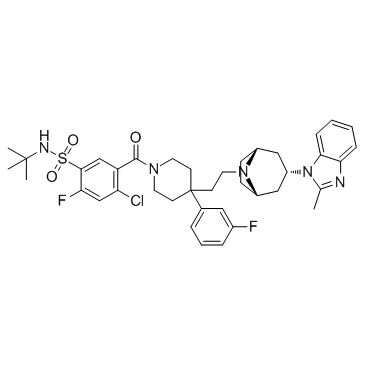
-
GC67788
CCR6 antagonist 1
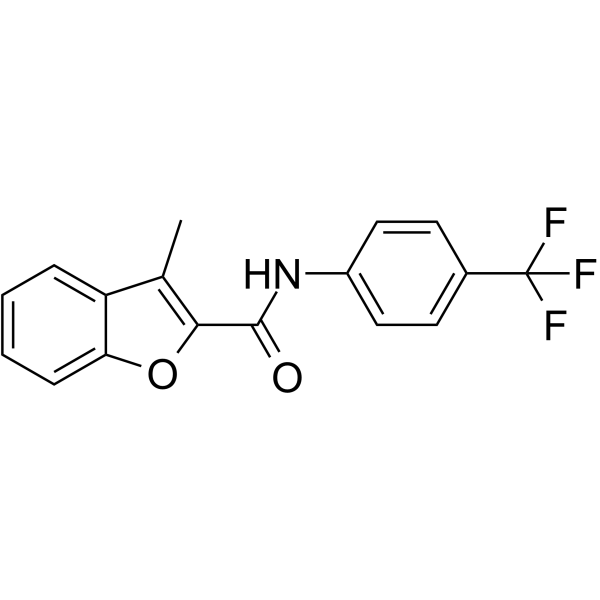
-
GC34521
CCR6 inhibitor 1
CCR6 inhibitor 1 is a potent and selective CCR6 inhibitor, with IC50s of 0.45 and 6 nM for monkey and human CCR6, much more selective at CCR6 over human CCR1 (IC50, > 30000 nM), and CCR7 (IC50, 9400 nM).
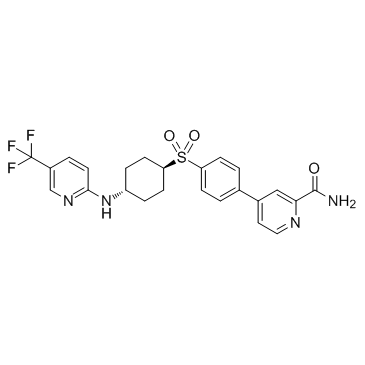
-
GC65141
CCR8 antagonist 1
CCR8 antagonist 1 (compound 15) is a potente human CCR8 antagonist with a Ki of 1.6 nM.
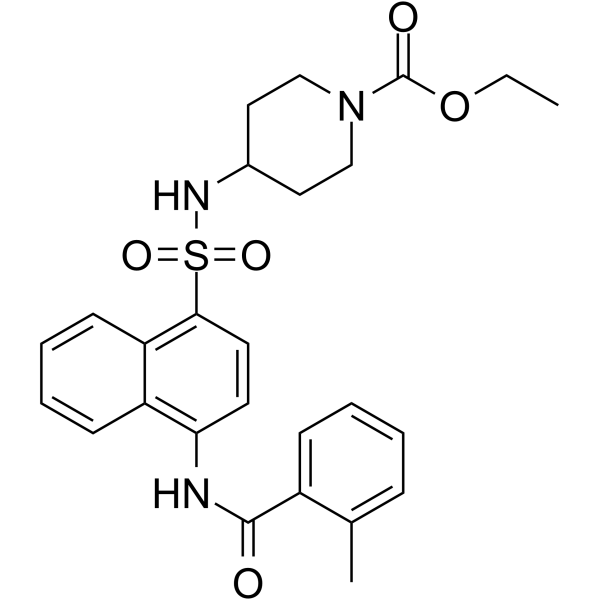
-
GC67897
CCR8 antagonist 2
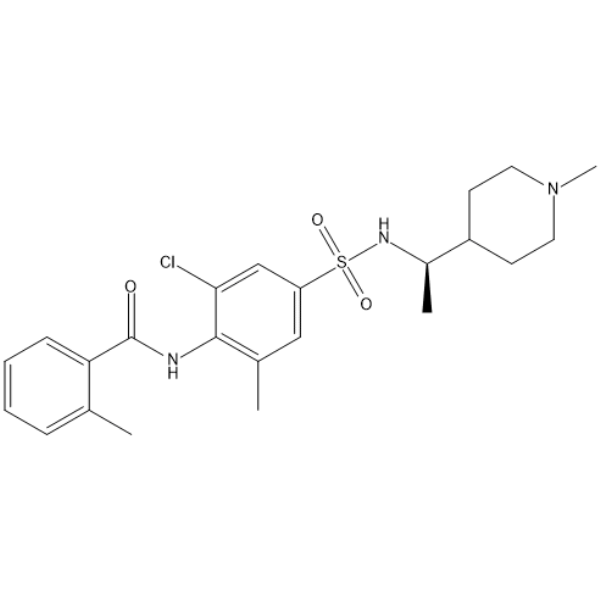
-
GC31330
CCX140
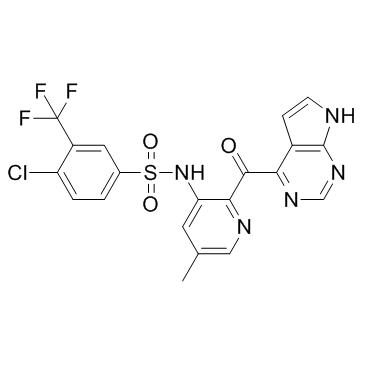
-
GC31255
CDD0102 (CDD0102A)
CDD0102 (CDD0102A) is a potent M1 Muscarinic receptor agonist.
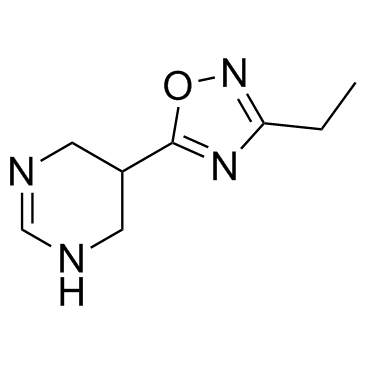
-
GC61805
Cefminox sodium
Cefminox sodium (MT-141) is a semisynthetic cephamycin, which exhibits a broad spectrum of antibacterial activity.
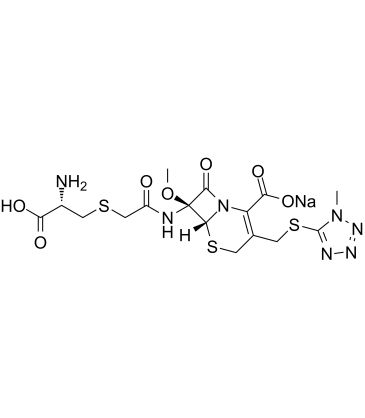
-
GC12023
Celiprolol (hydrochloride)
β1 adrenergic receptor antagonist and β2 adrenergic receptor partial agonist
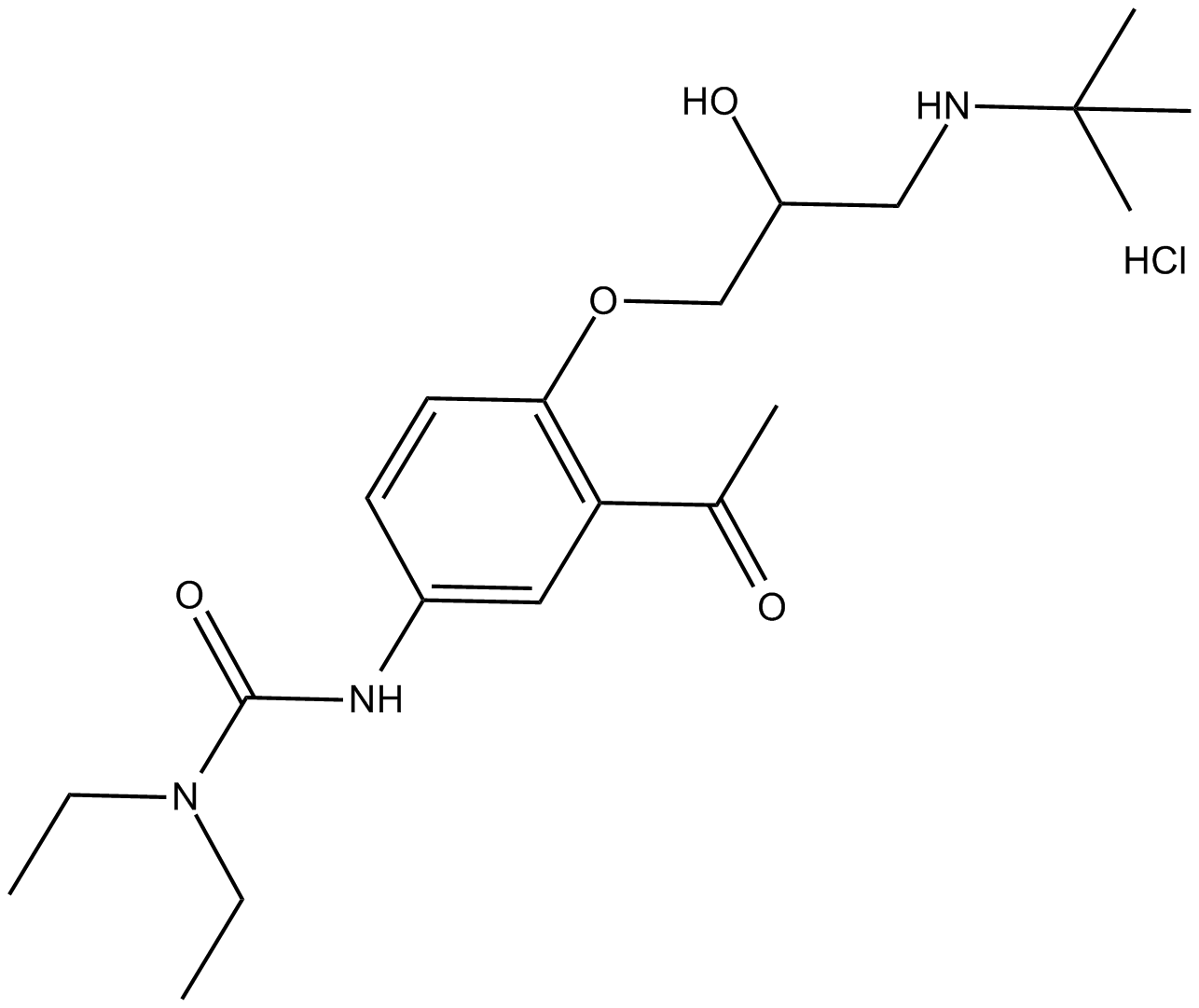
-
GC19100
Cenerimod
Cenerimod (ACT-334441) is a potent and orally available sphingosine 1-phosphate 1 receptor (S1P1) agonist extracted from patent WO 2016184939 A1 and WO 2011007324 A1, example 1, with an EC50 of 2.7 nM.
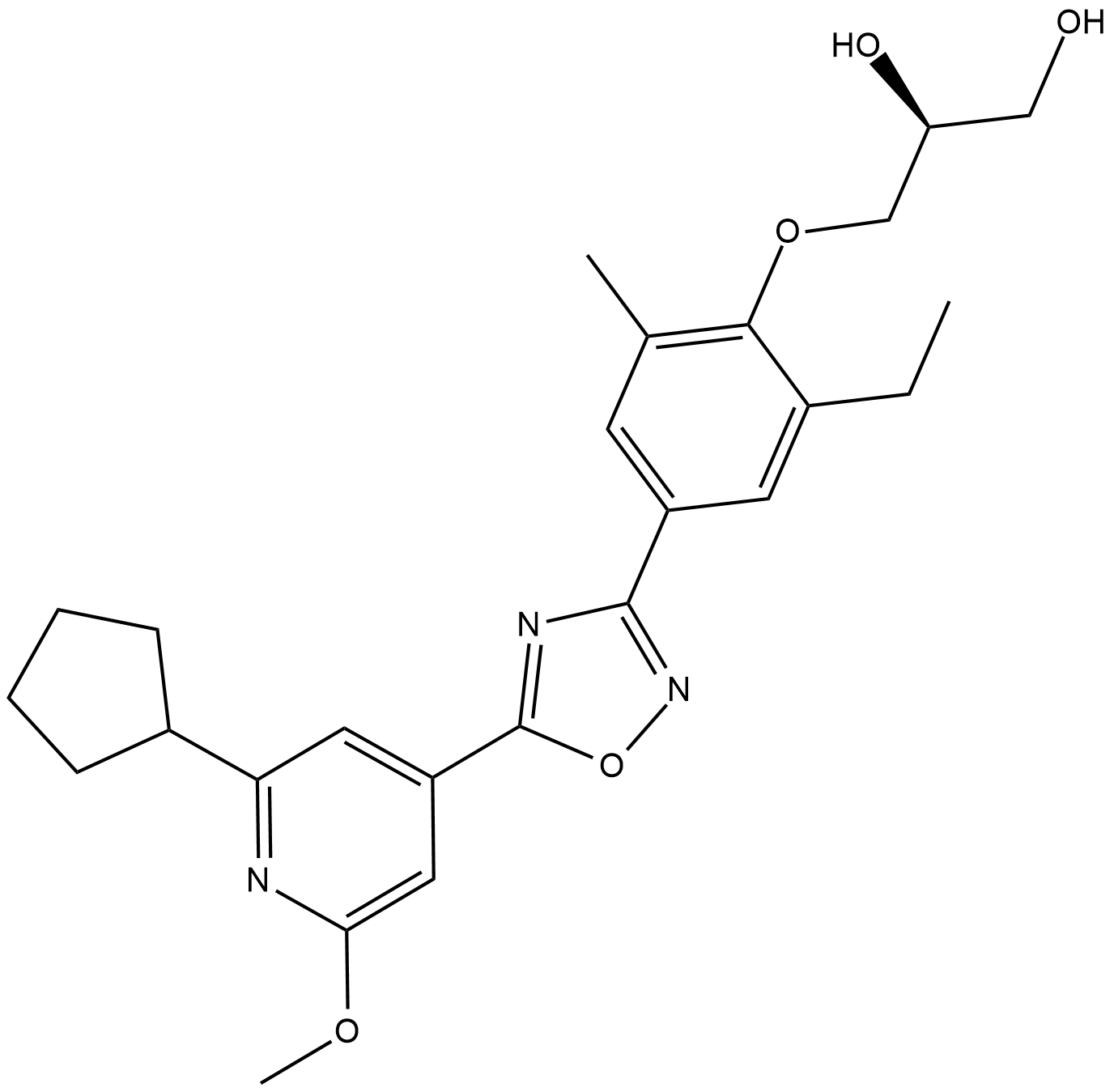
-
GC19101
Cenicriviroc
Cenicriviroc (CVC) is an oral, dual CCR2/CCR5 antagonist with nanomolar potency against both receptors.
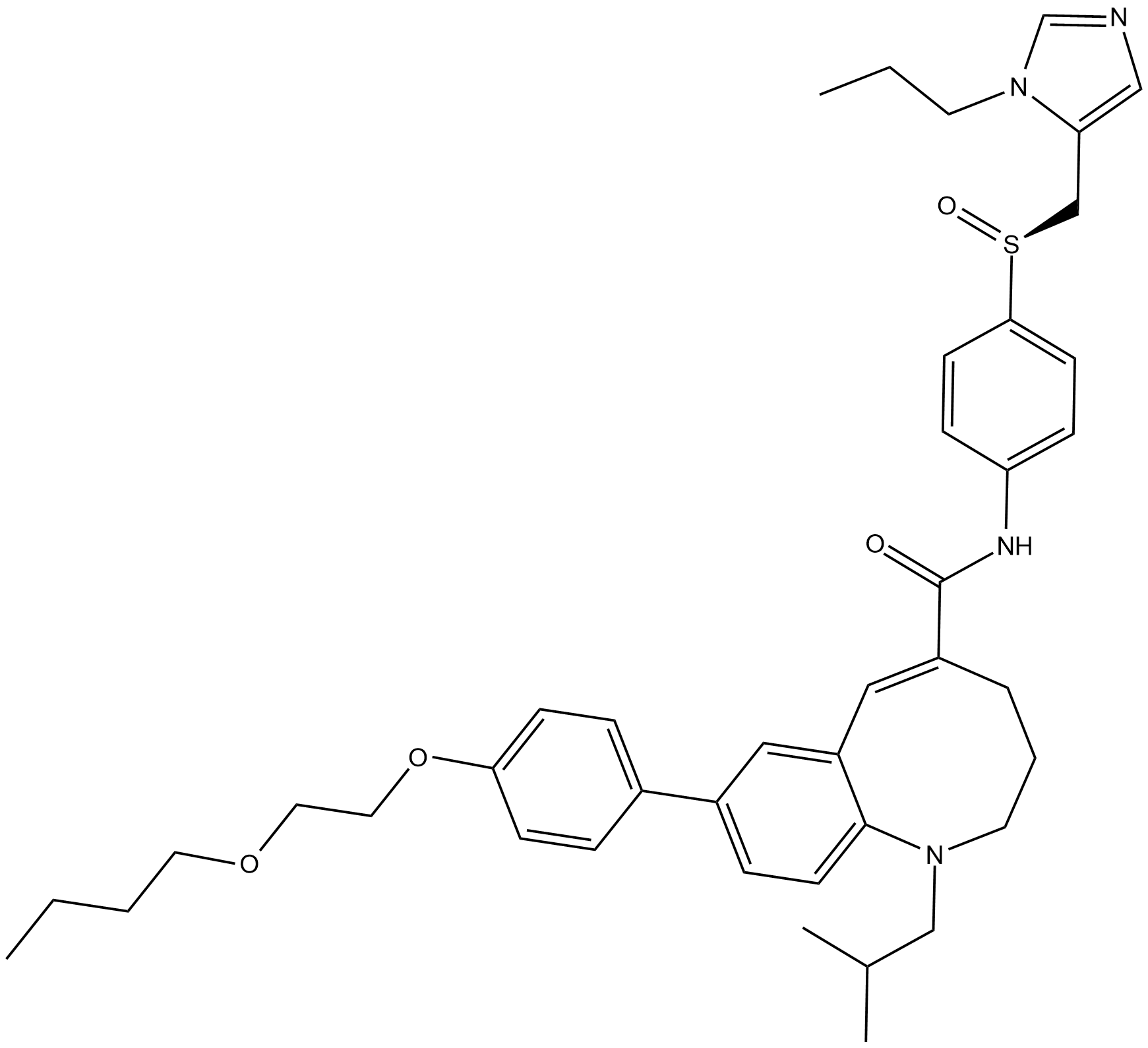
-
GC35650
Cenicriviroc Mesylate
Cenicriviroc Mesylate (TAK-652 Mesylate) is a dual CCR2/CCR5 antagonist, also inhibits both HIV-1 and HIV-2, and displays potent anti-inflammatory and antiinfective activity.
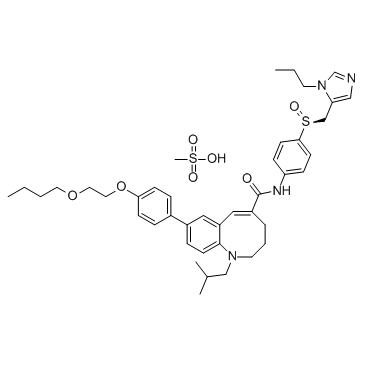
-
GC31283
Centanafadine (EB-1020)
Centanafadine (EB-1020) is dual norepinephrine (NE)/dopamine (DA) transporter inhibitor, also inhibits serotonin transporter, with IC50s of 6 nM, 38 nM and 83 nM for human NE, DA and serotonin transporter , respectively.
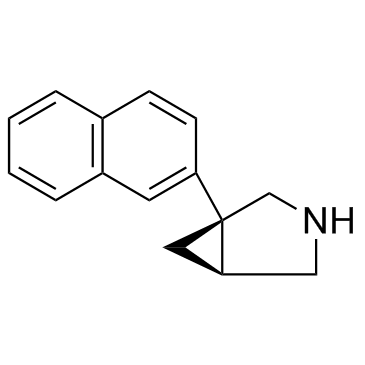
-
GC31175
Centanafadine hydrochloride (EB-1020 (hydrochloride))
Centanafadine (hydrochloride) is dual norepinephrine (NE)/dopamine (DA) transporter inhibitor, also inhibits serotonin transporter, with IC50s of 6 nM, 38 nM and 83 nM for human NE, DA and serotonin transporter , respectively.
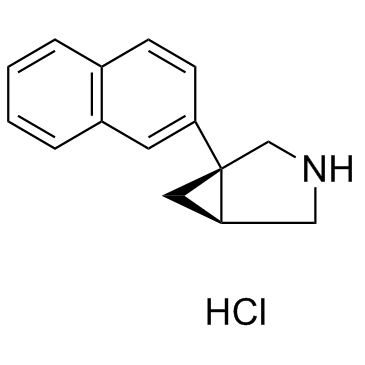
-
GC18348
Ceralifimod
Ceralifimod is an agonist of the sphingosine-1-phosphate (S1P) receptors S1P1 and S1P5 (Kis = 0.626 and 0.574 nM, respectively).
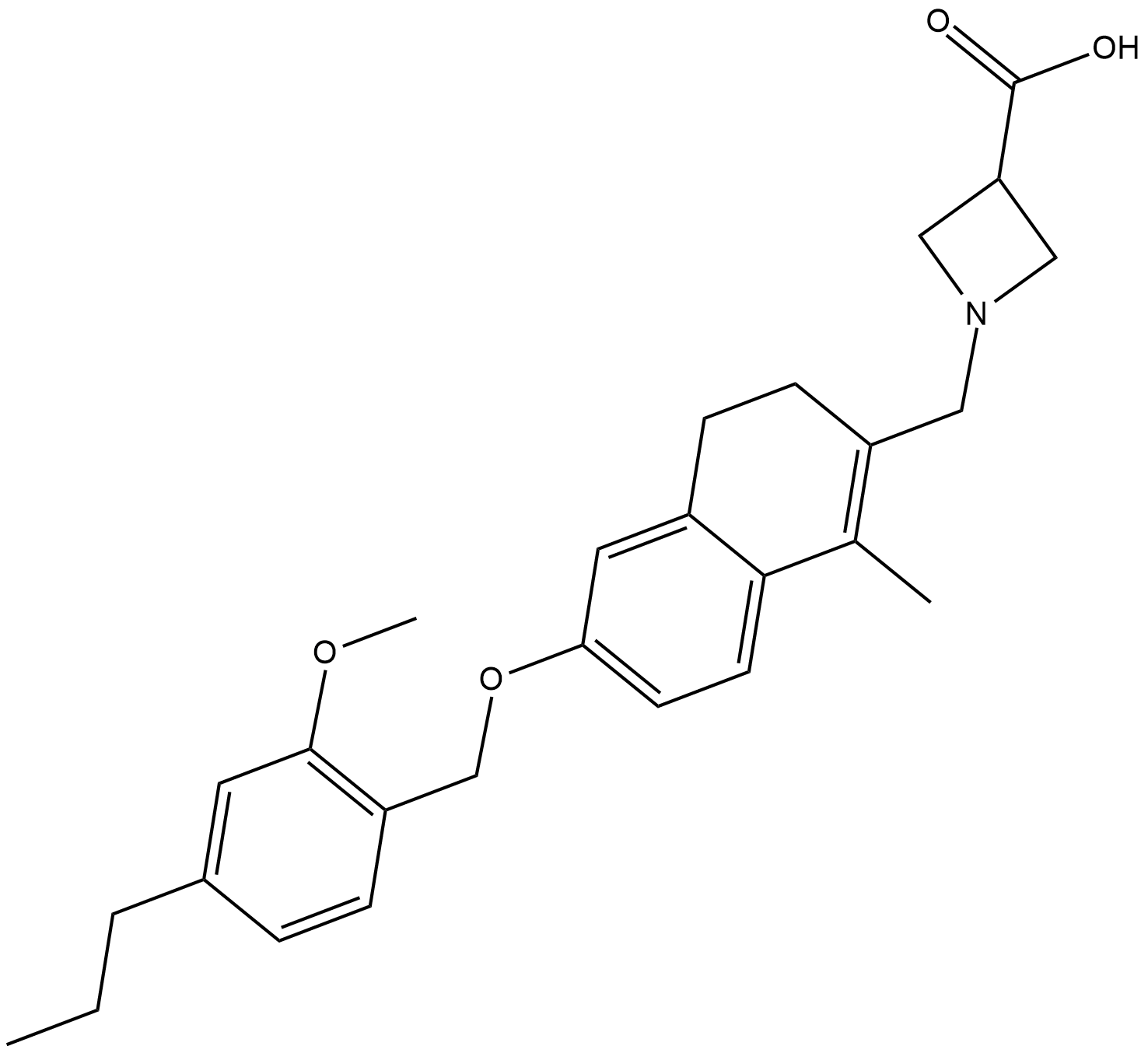
-
GC63961
Cerlapirdine
Cerlapirdine (SAM-531, PF-05212365) is a selective and potent full antagonist of the 5-hydroxytryptamine 6 (5-HT6) receptor.
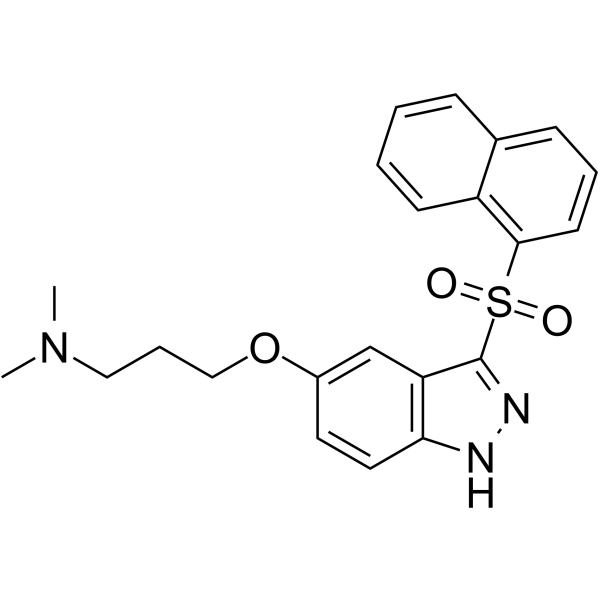
-
GC30008
Ceruletide (Caerulein)
Ceruletide (Caerulein) is a decapeptide and a potent cholecystokinin receptor agonist.
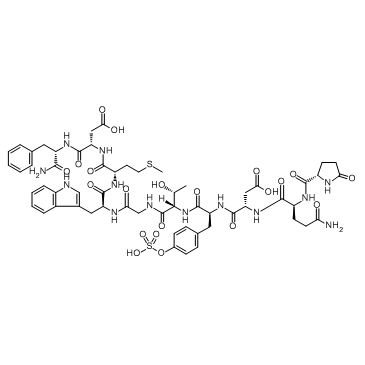
-
GC14215
Cevimeline
A muscarinic receptor agonist
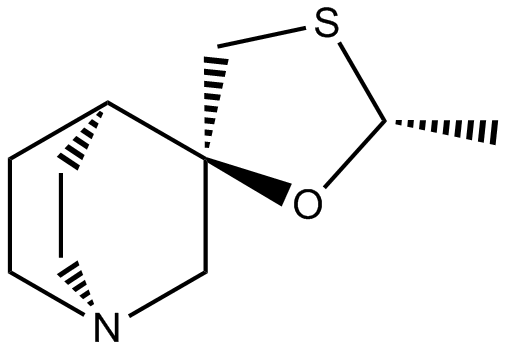
-
GC43232
Cevimeline (hydrochloride)
Cevimeline is a muscarinic receptor agonist (EC50s = 23, 48, and 63 nM for M1, M3, and M5, respectively, and >1 μM for M2 and M4).
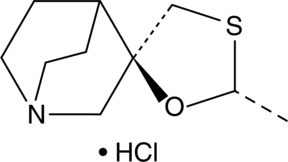
-
GC17157
Cevimeline hydrochloride hemihydrate
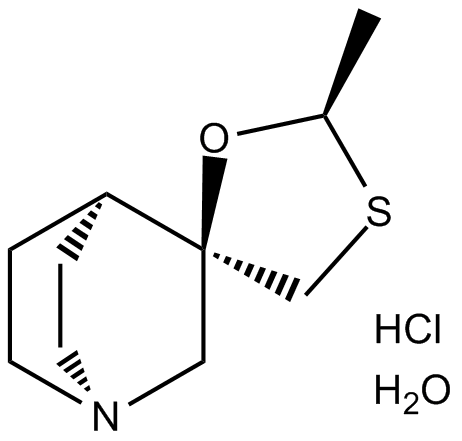
-
GC33146
CFMTI
CFMTI inhibits L-glutamate-induced intracellular Ca2+ mobilization in CHO cells expressing human and rat mGluR1a, with IC50s of 2.6 and 2.3 nM, respectively.
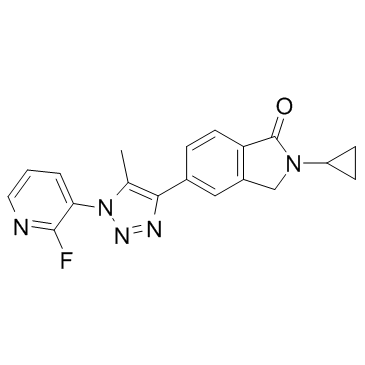
-
GC14674
CGH 2466 dihydrochloride
adenosine receptor antagonist
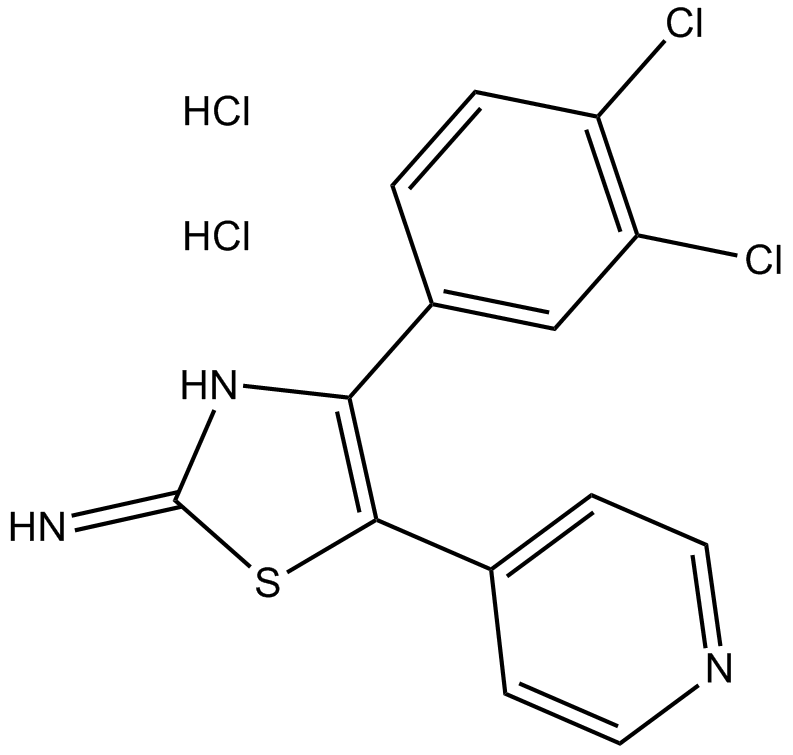
-
GC17717
CGP 12177 hydrochloride
β1/β2-AR antagonist,β3 AR partial agonist
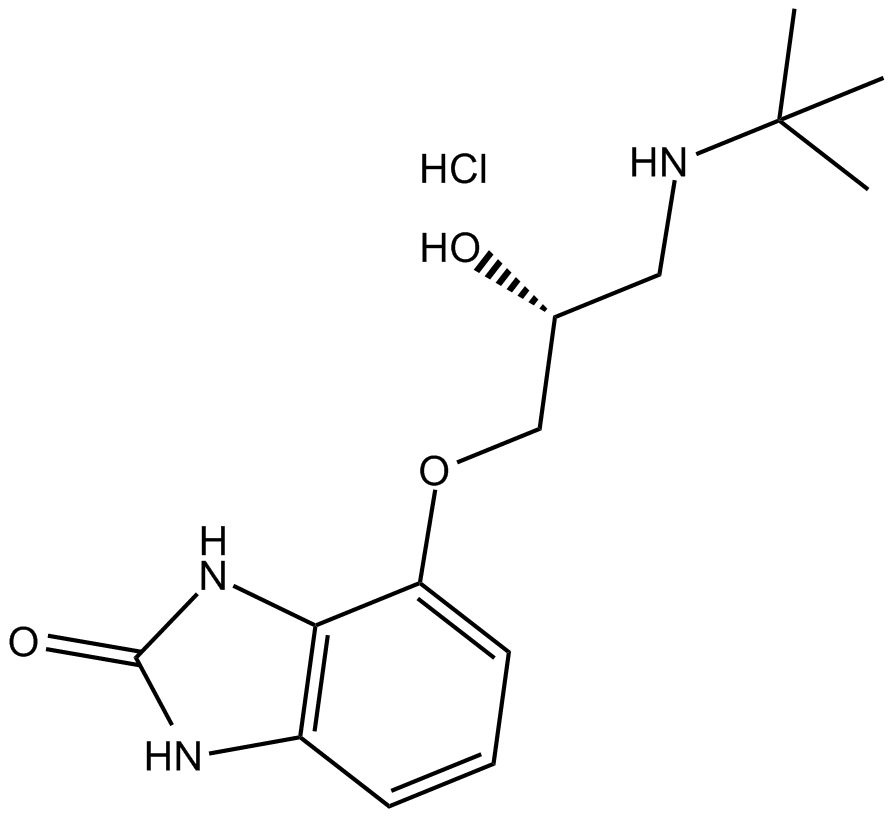
-
GC38752
CGP 20712 A
CGP 20712 A (CGP 20712 mesylate) is a highly selective β1-adrenoceptor antagonist with an IC50 of 0.7 nM.
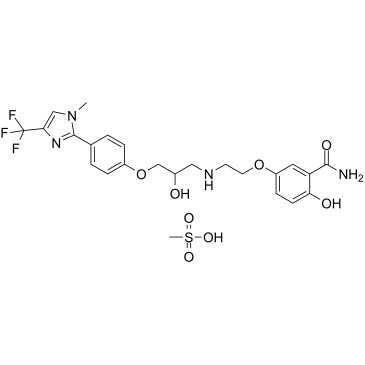
-
GC15354
CGP 20712 dihydrochloride
β1 antagonist,highly potent and selective
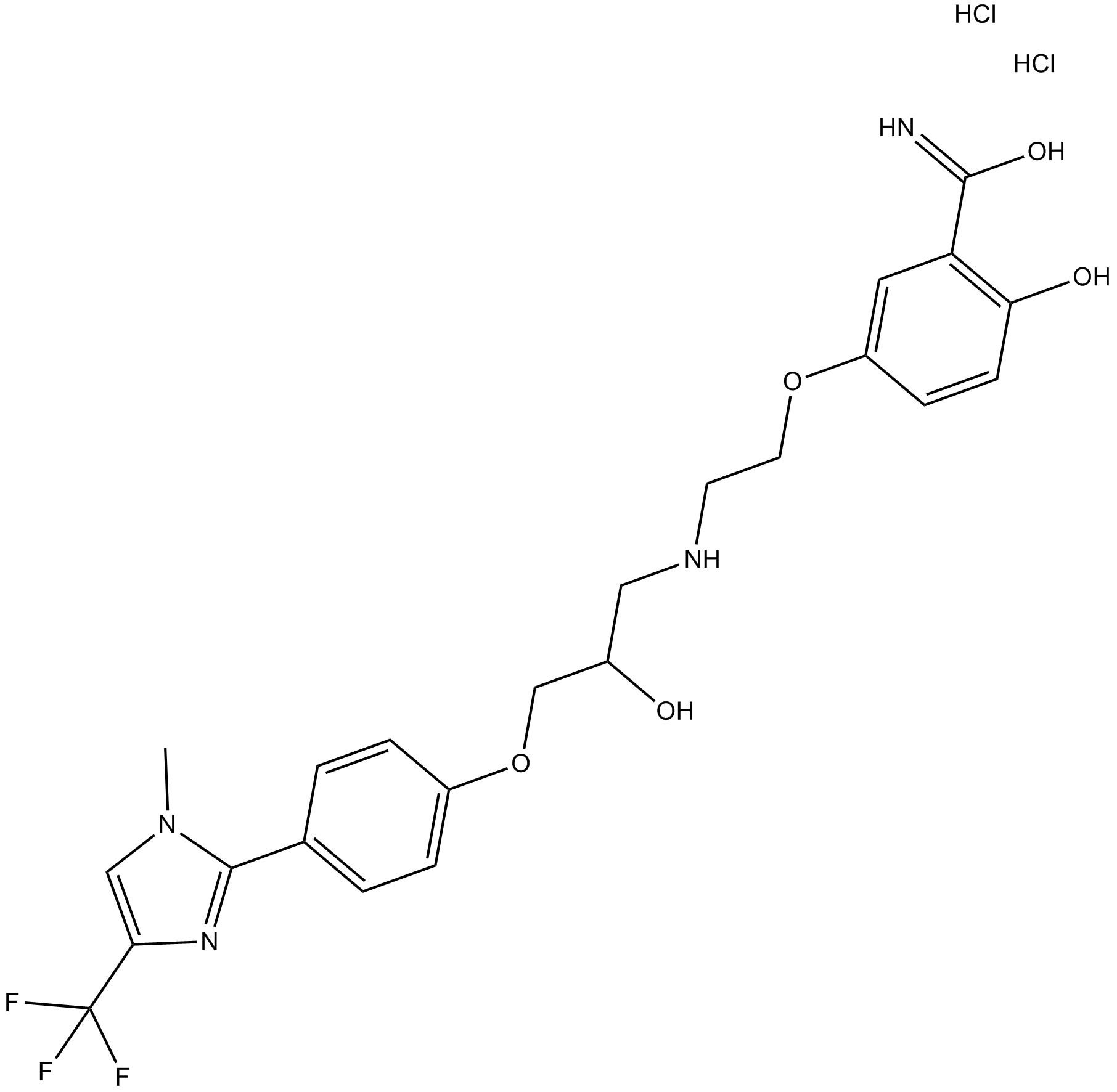
-
GC15406
CGP 42112
angiotensin AT2 receptor ligand
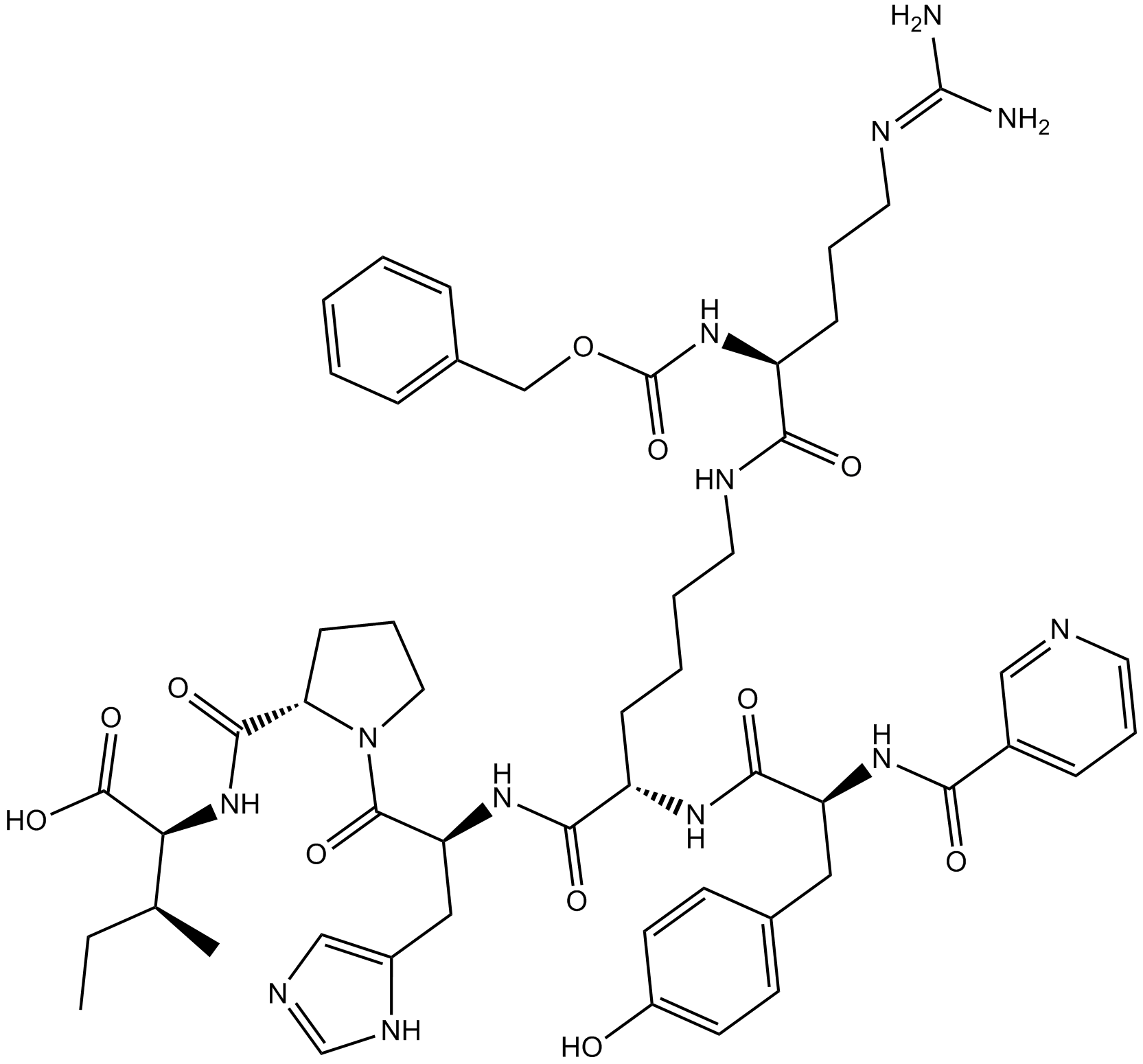
-
GC10167
CGP 71683 hydrochloride
NPY Y5 receptor antagonist
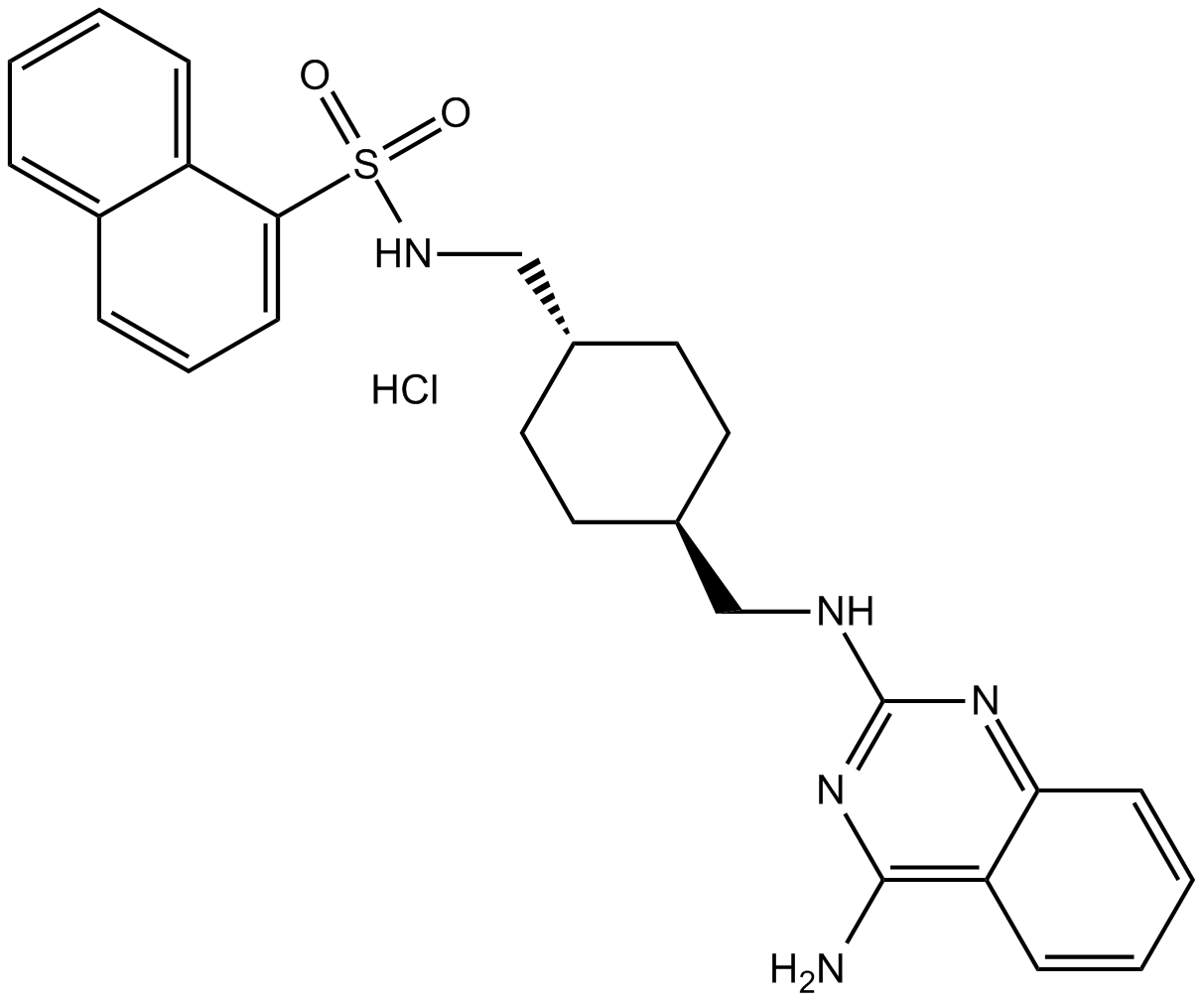
-
GC32561
CGP48369
CGP48369 is a nonpeptidic angiotensin II receptor antagonist, used for anti-hypertensive research.
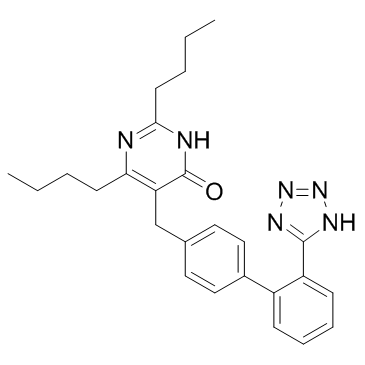
-
GC11928
CGRP (rat)
CGRP (rat), a neuropeptide (calcitonin gene-related peptide (CGRP)) mainly expressed in neuromuscular junction, is a potent vasodilator.
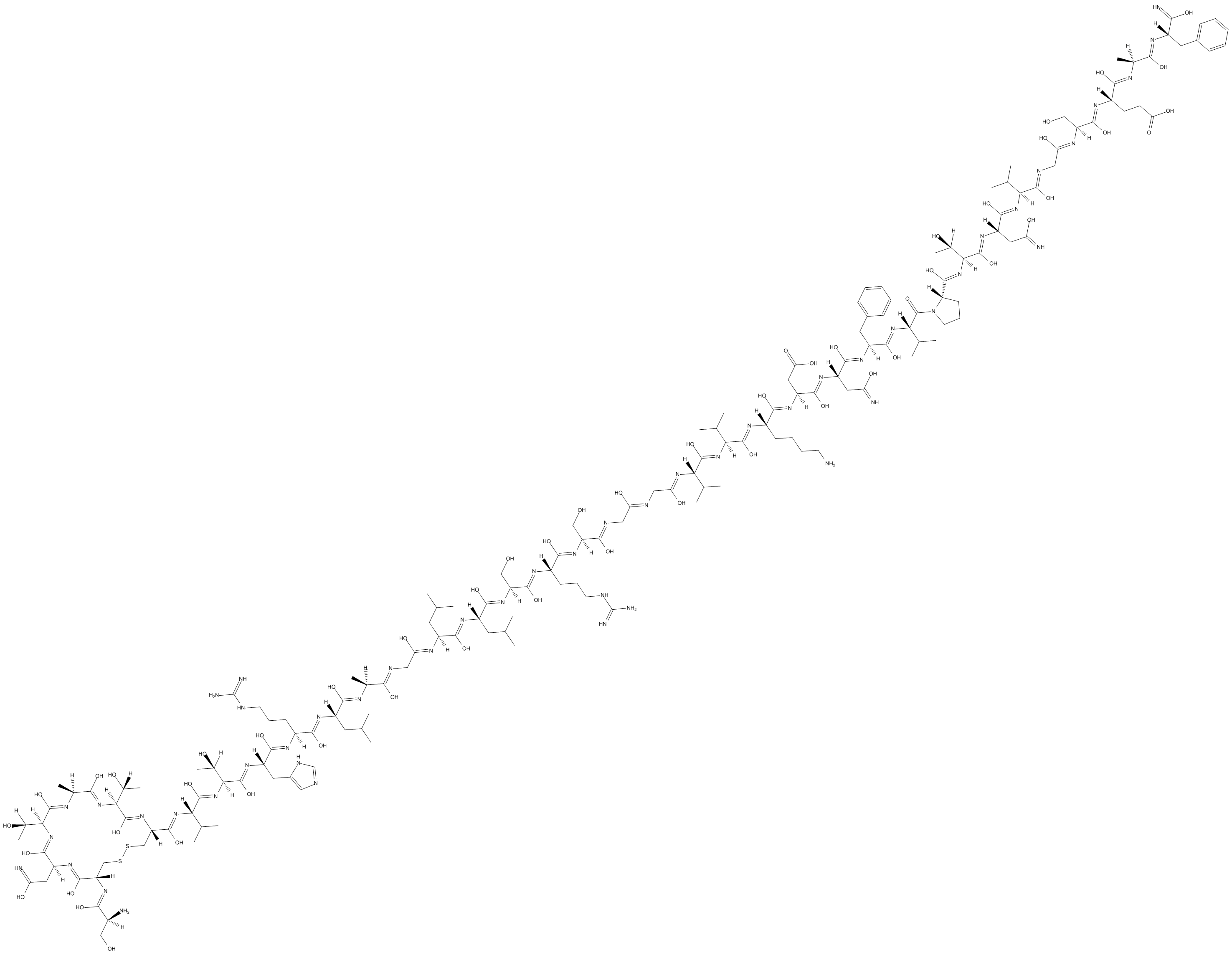
-
GC16147
CGRP 8-37 (human)
CGRP 8-37 (human) is a human calcitonin gene-related peptide (hCGRP) fragment and also an antagonist of CGRP receptor.
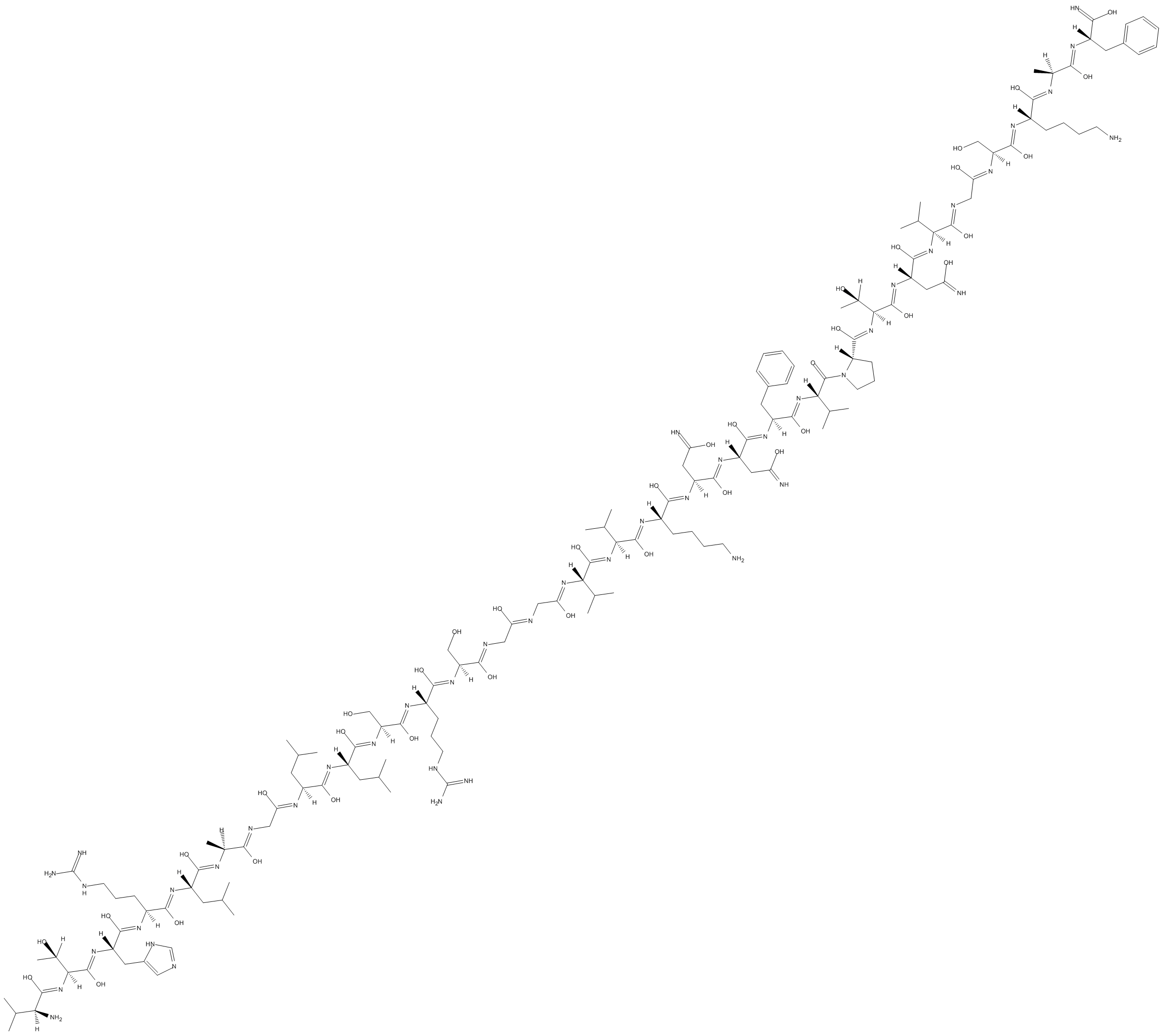
-
GC10927
CGRP 8-37 (rat)
CGRP 8-37 (rat) (VTHRLAGLLSRSGGVVKDNFVPTNVGSEAF) is a highly selective CGRP receptor antagonist.
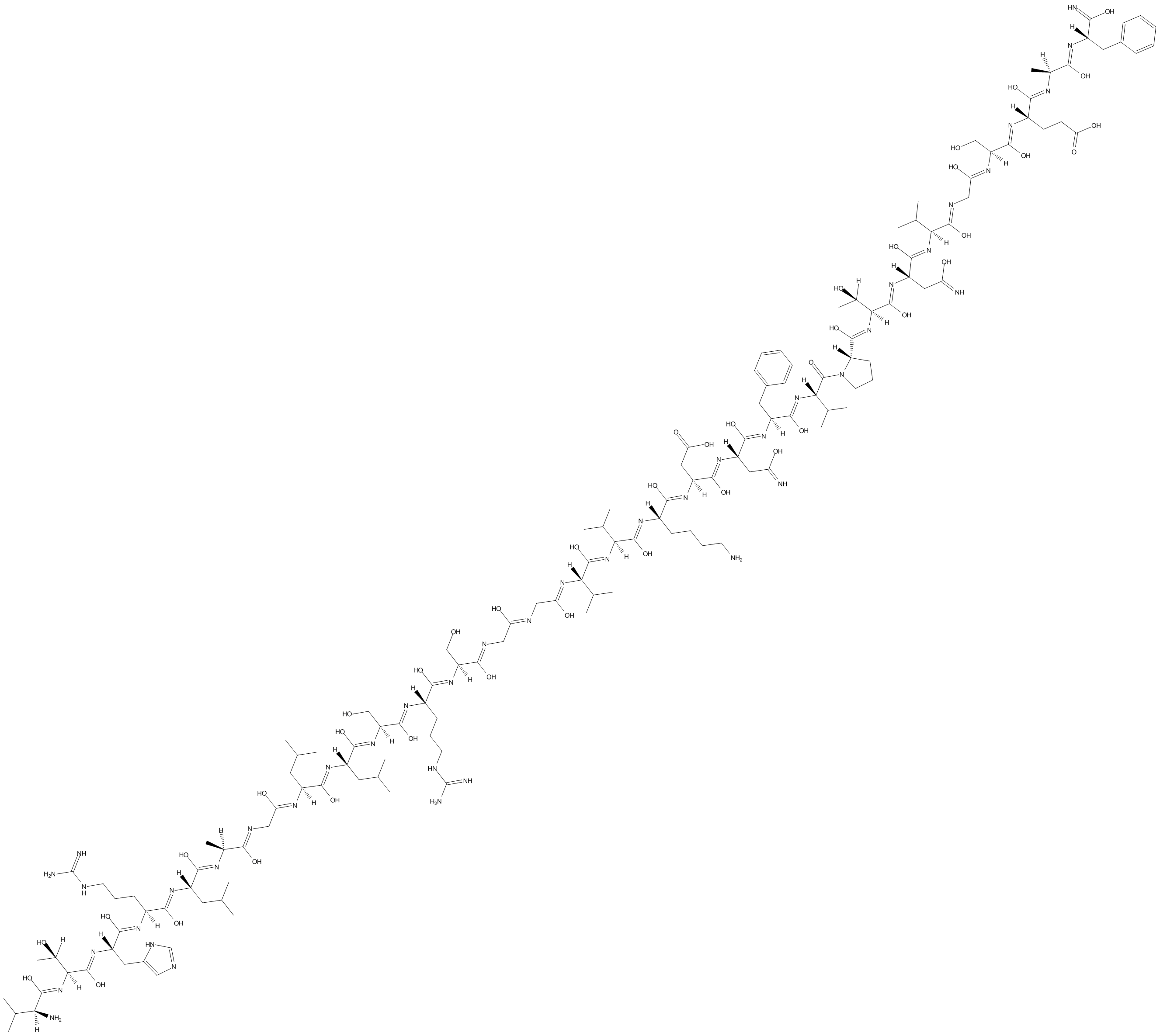
-
GC31981
CGS 15435
CGS 15435, a potent thromboxane (TxA2) synthetase inhibitor with an IC50 of 1 nM, has a selectivity for Tx synthetase 100000-fold greater than that for cyclooxygenase, PGI2 synthetase and lipoxygenase enzymes.
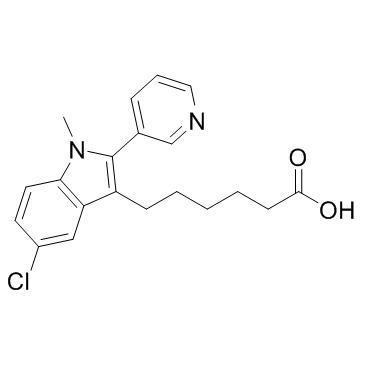
-
GC10070
CGS 15943
adenosine receptor antagonist
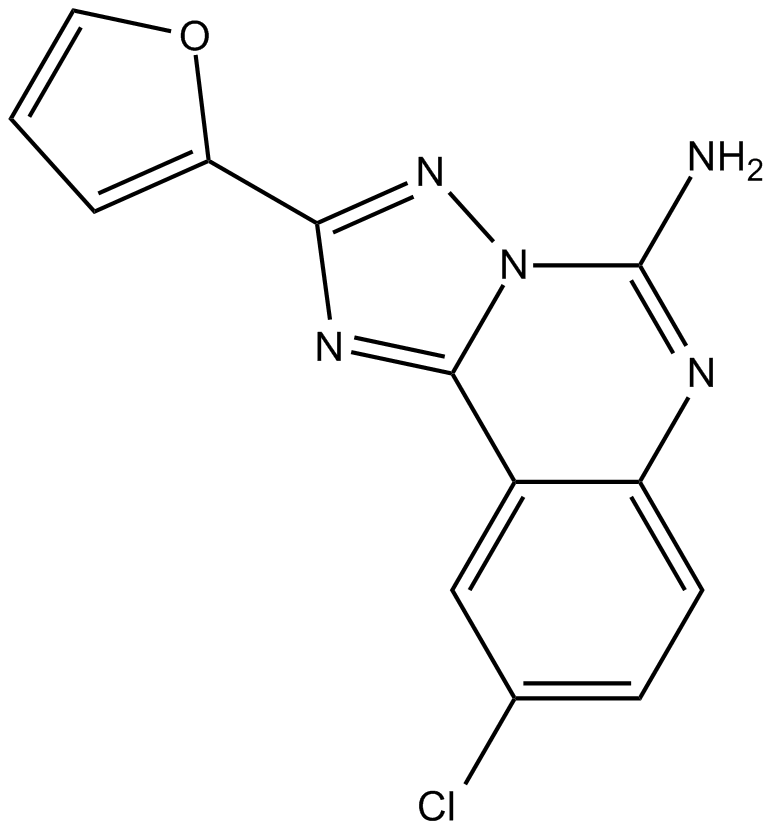
-
GC10172
CGS 21680
A selective agonist of the adenosine A2A receptor

-
GC11978
CGS 21680 HCl
CGS 21680 HCl is a selective adenosine A2A receptor agonist with a Ki of 27 nM.
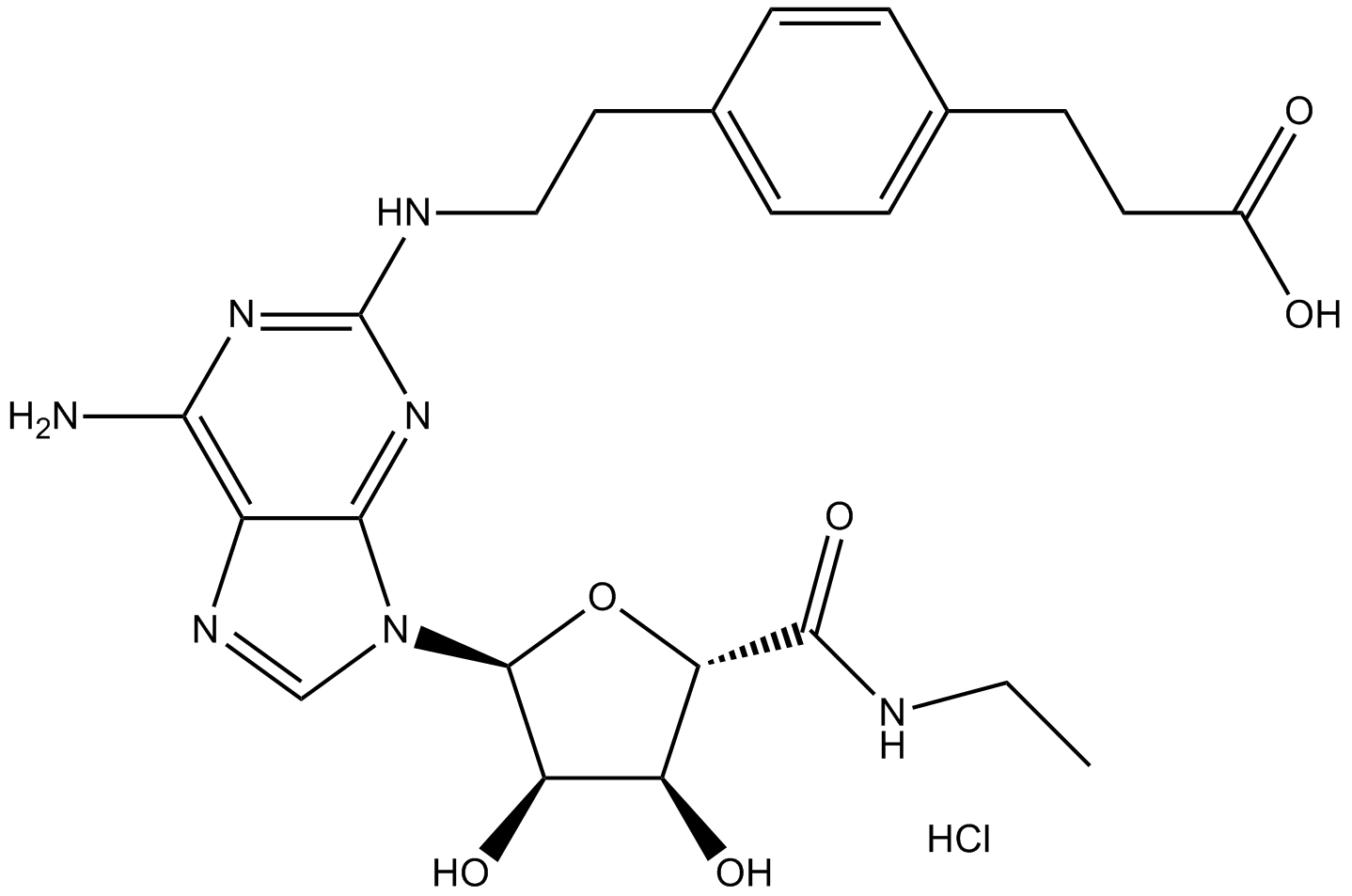
-
GC13686
CH 275
Potent somatostatin receptor 1 (sst1) agonist
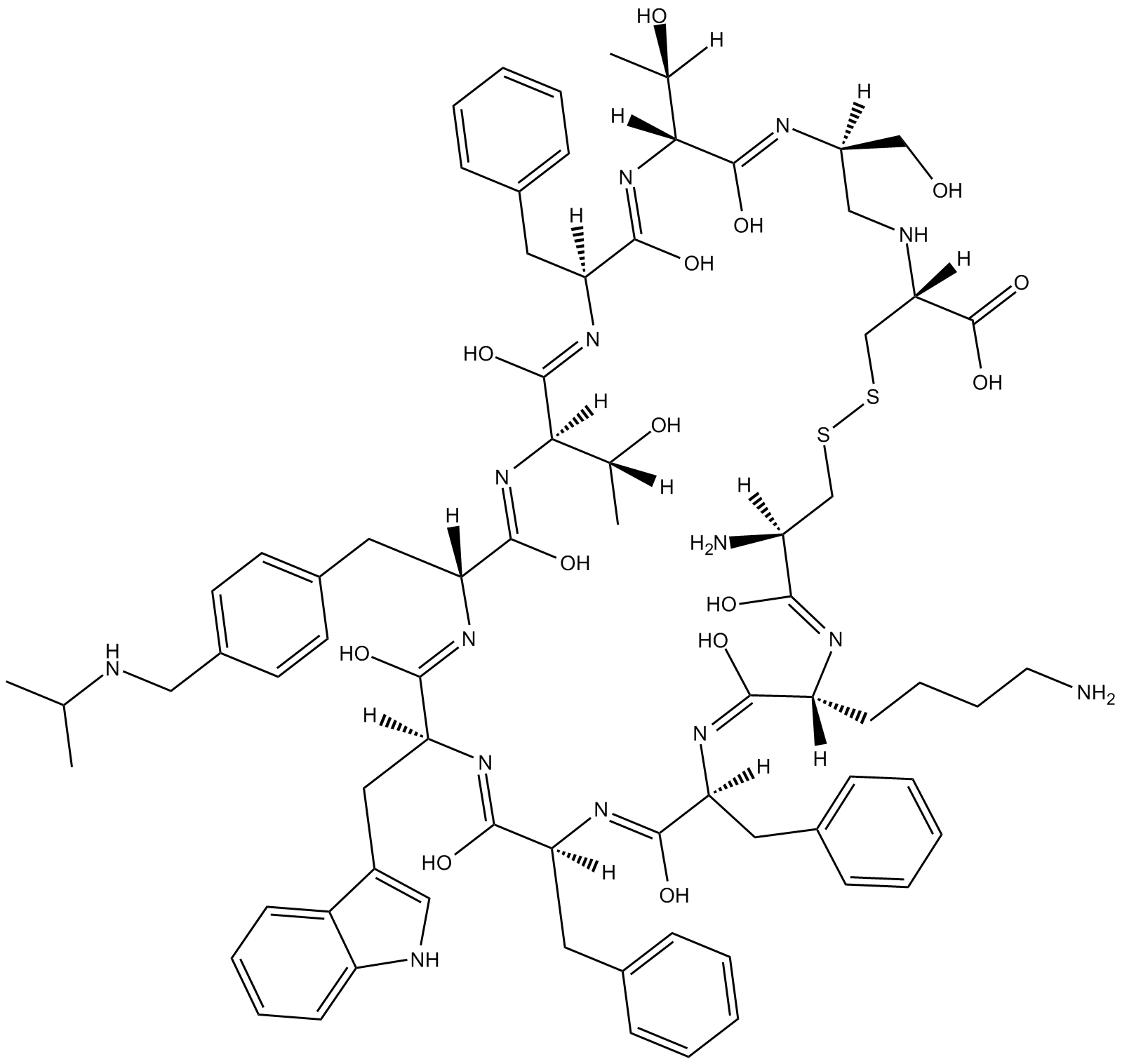
-
GC30674
CHEMBL333994 (FK-480)
CHEMBL333994 (FK-480) is a potent and orally effective Cholecystokinin A (CCK-A) antagonist, with an IC50 of 0.67 nM.
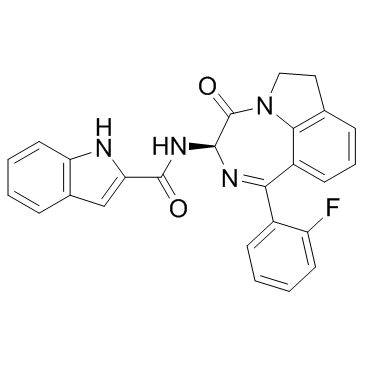
-
GC35673
Chemerin-9 149-157
Chemerin-9 149-157 is a potent agonist of chemokine-like receptor 1 (CMKLR1) .
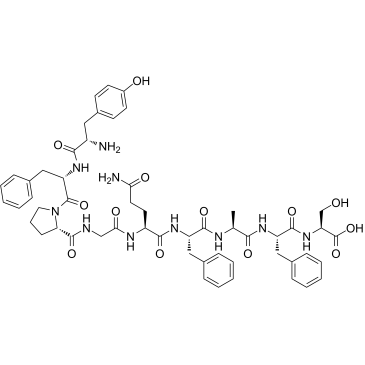
-
GC50742
Chemerin-9, Mouse

-
GC30280
Chlorpromazine D6 hydrochloride
An internal standard for the quantification of chlorpromazine
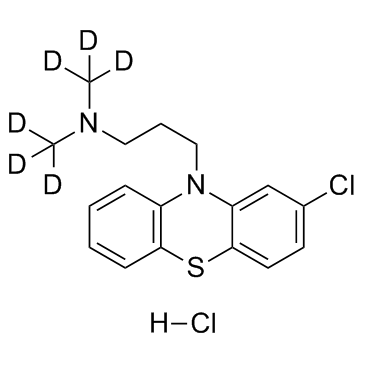
-
GC14216
Chlorpromazine HCl
dopamine receptor antagonist
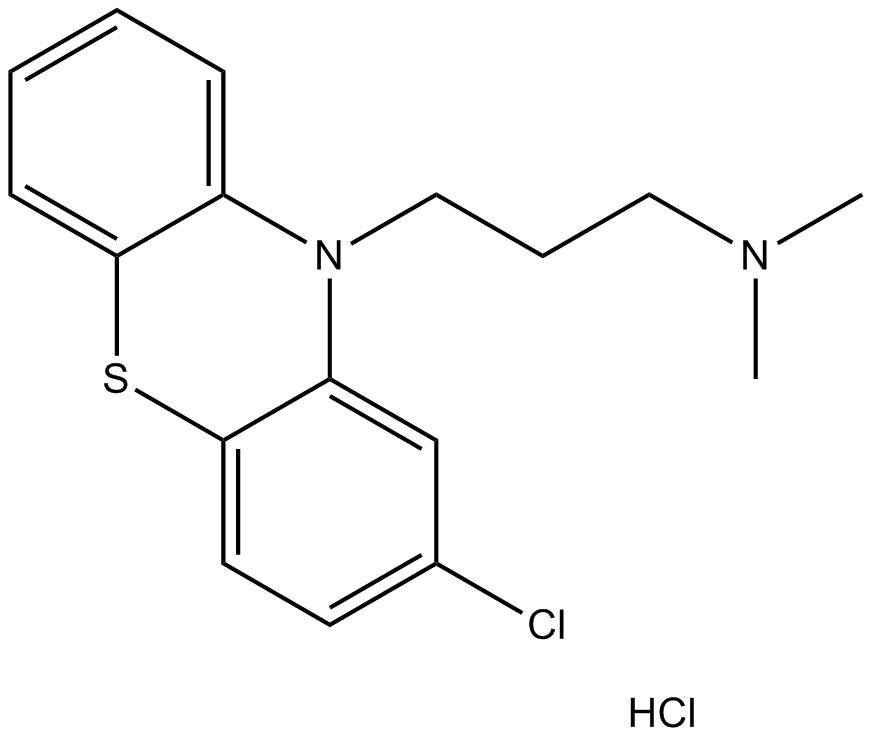
-
GC38693
Choline bitartrate
Choline bitartrate is a vitamin-like essential nutrient, can affect diseases such as liver disease, atherosclerosis and neurological disorders.
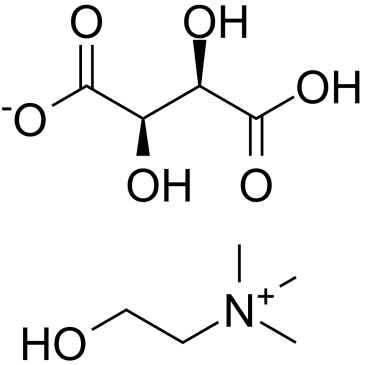
-
GC12532
CHPG
mGlu5 metabotropic glutamate receptor agonist
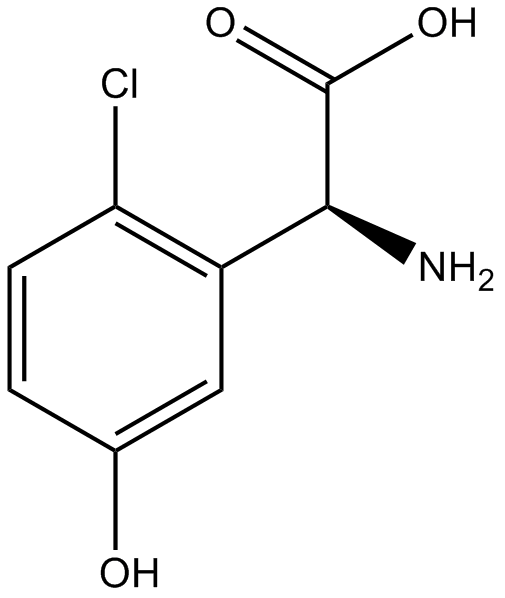
-
GC17963
CHPG Sodium salt
mGlu5 agonist
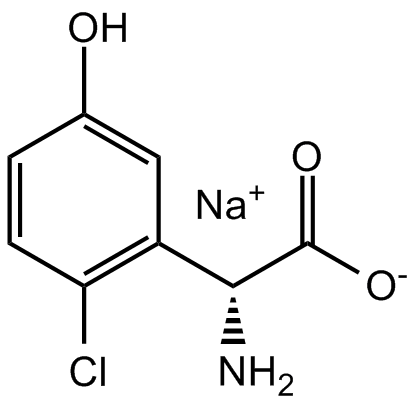
-
GC11797
CI 1020
endothelin-A receptor (ETA) antagonist
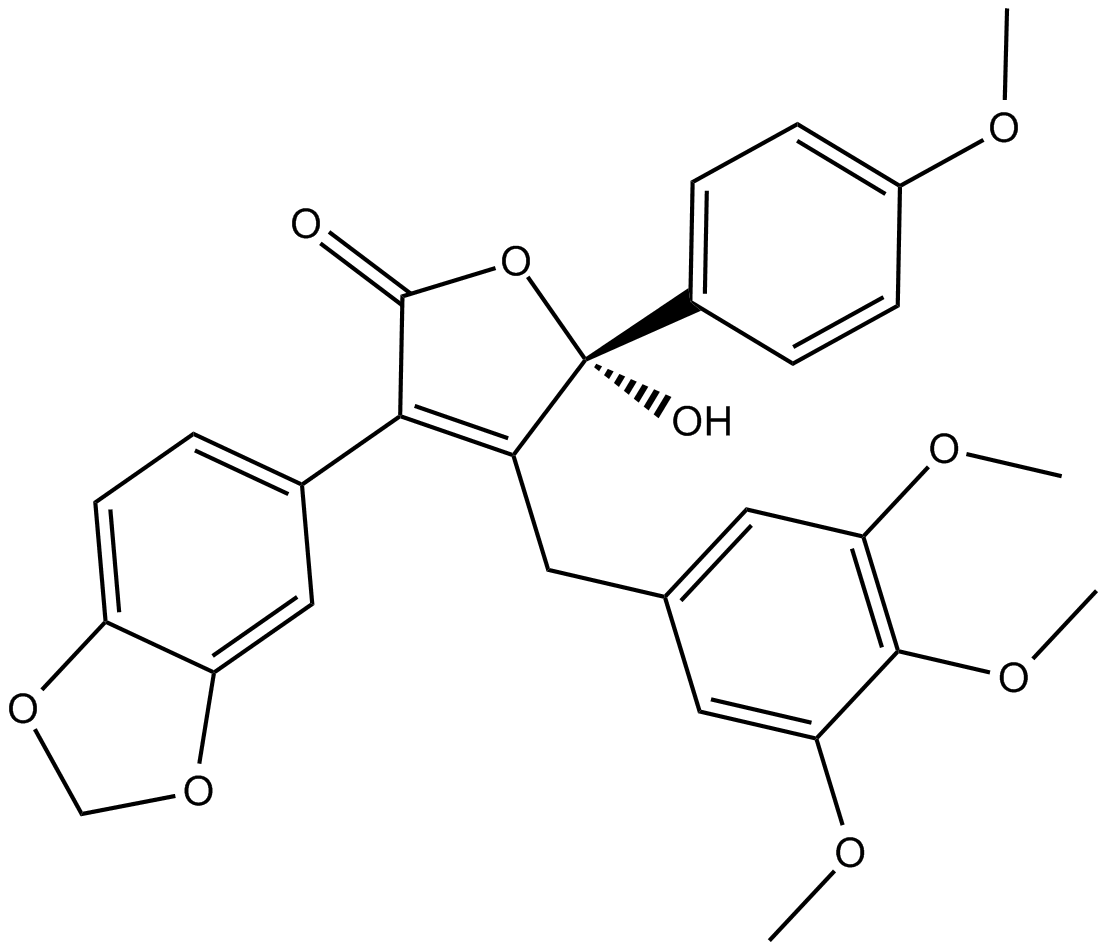
-
GC13177
CI 988
CCK2 (CCK-B) receptor antagonist
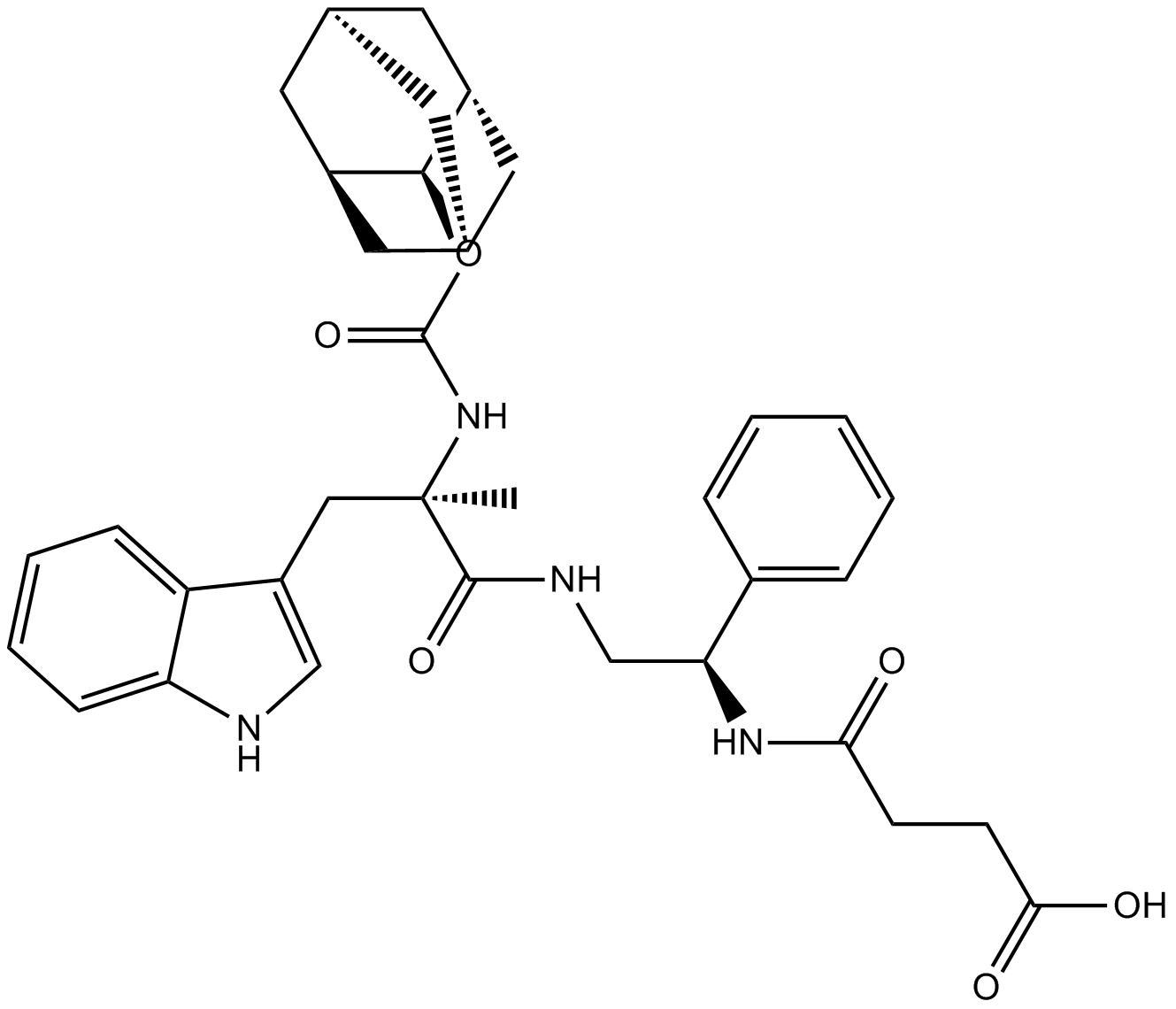
-
GC31994
CI-949
CI-949 is an allergic mediator release inhibitor, which inhibits histamine, leukotriene C4/D4 (LTC4/LTD4), and thromboxane B2 (TXB2) release with IC50s of 11.4 μM, 0.5 μM and 0.1 μM, respectively.
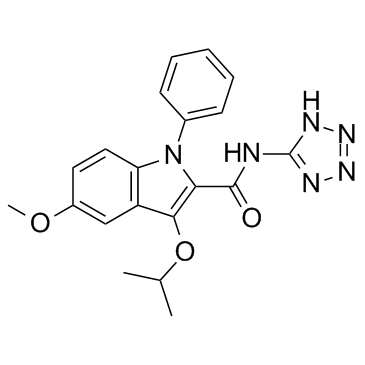
-
GC17571
Ciclesonide
glucocorticoid
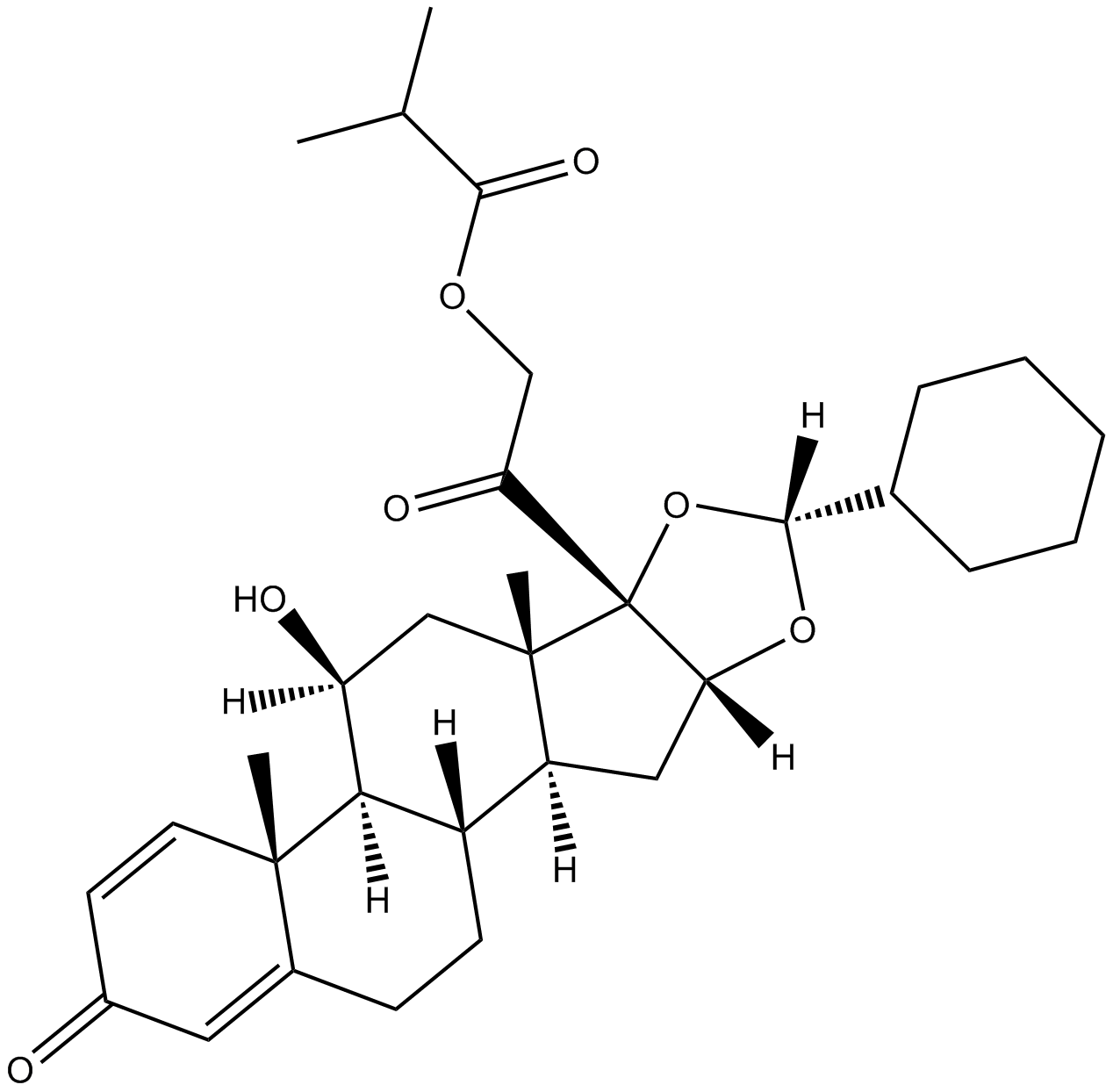
-
GC32542
Cicloprolol hydrochloride
Cicloprolol is a partial β 1-adrenoceptor agonist .
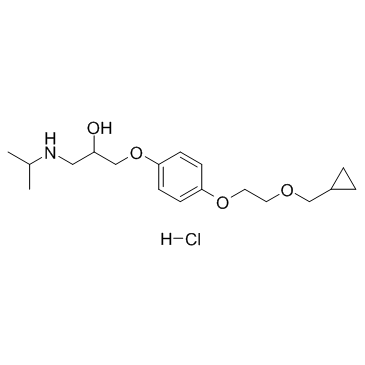
-
GC35694
CID 16020046
CID 16020046 is a potent and selective GPR55 antagonist and inhibits GPR55 constitutive activity with an IC50 of 0.15 μM. CID 16020046 inhibits GPR55-mediated Ca2+ signaling and GPR55-mediated ERK1/2 phosphorylation. CID 16020046 reduces wound healing in endothelial cells and is involved in the regulation of platelet function.
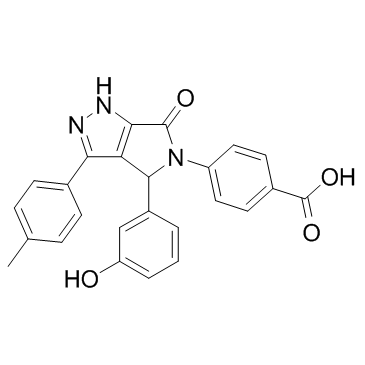
-
GC10483
CID 2745687
GPR35 antagonist
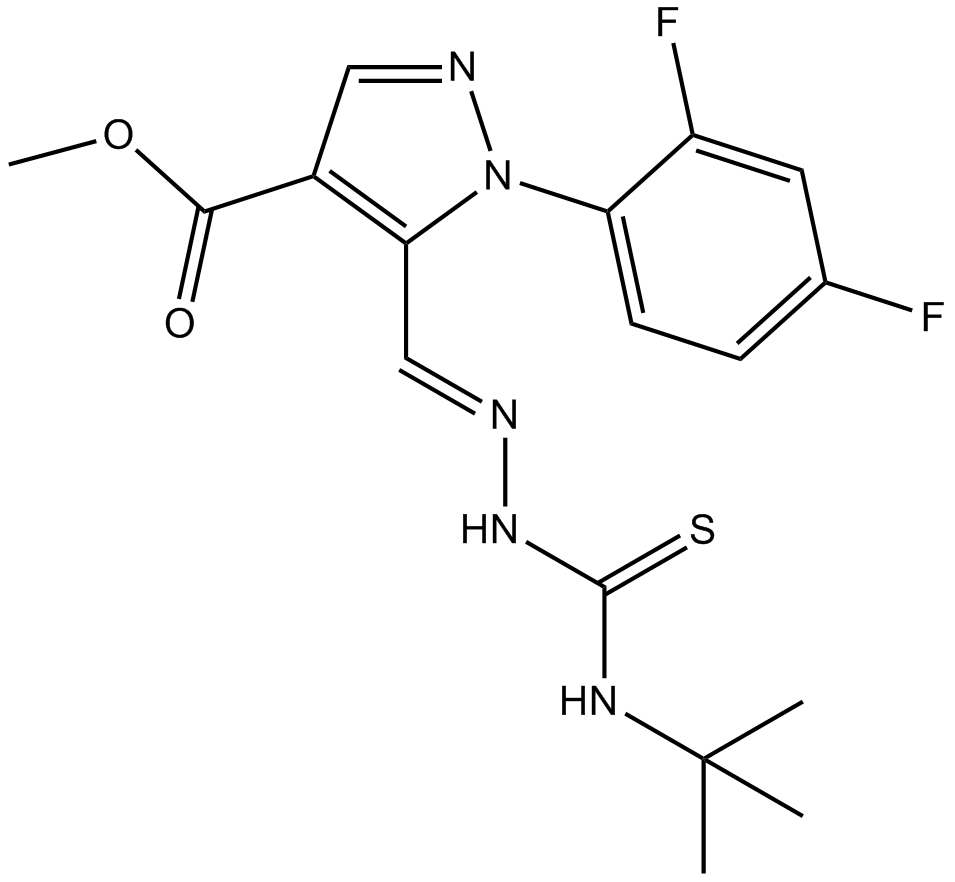
-
GC12948
CID-1067700
competitive inhibitor of nucleotide binding by Ras-related GTPases
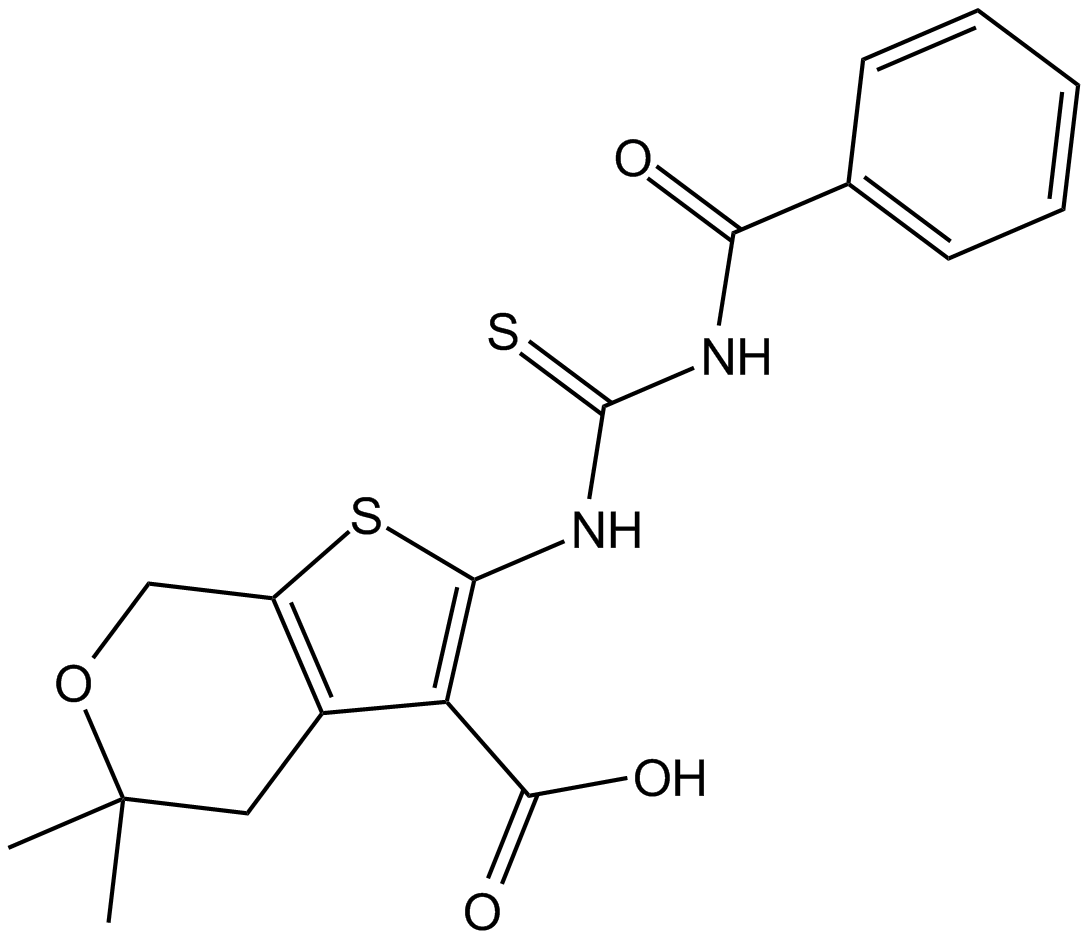
-
GC68469
CID1231538
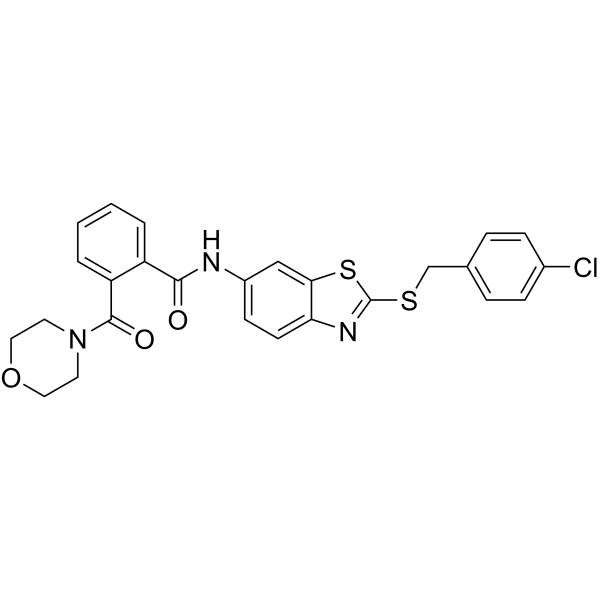
-
GC47088
Cilostazol-d4
An internal standard for the quantification of cilostazol
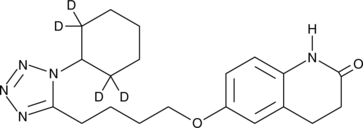
-
GC12626
Cimaterol
β-Adrenergic agonist
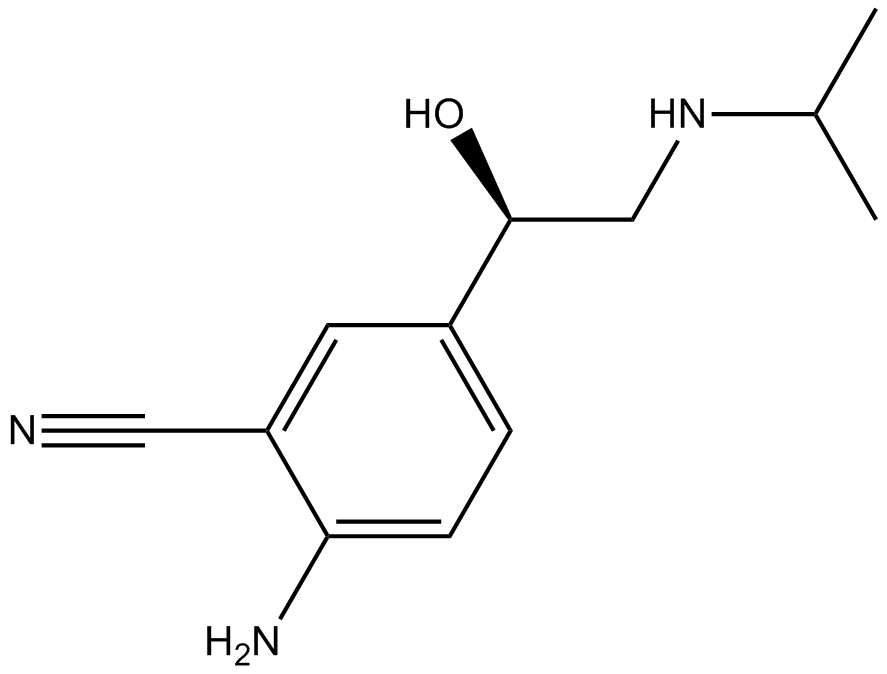
-
GC45826
Cimaterol-d7
An internal standard for the quantification of cimaterol
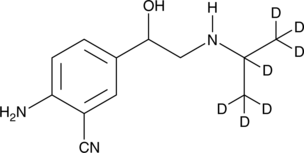
-
GC62897
Cimbuterol-D9
Cimbuterol-D9 is the deuterium labeled Cimbuterol.
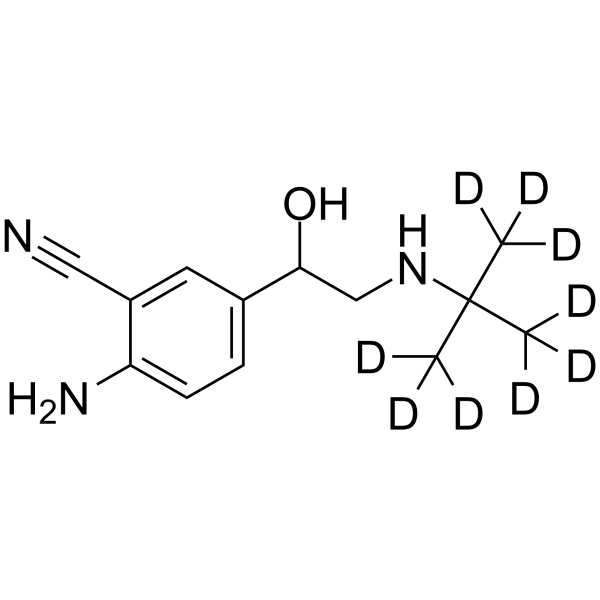
-
GC30955
Cimetropium Bromide (DA-3177)
Cimetropium Bromide (DA-3177) (DA-3177) is a mAChR antagonist for long-term treatment of irritable bowel syndrome.
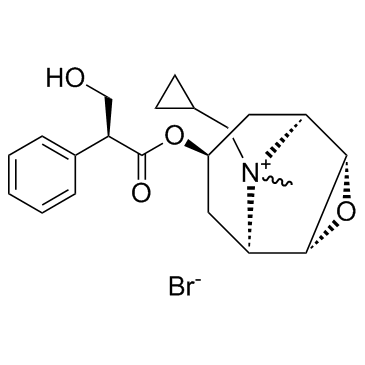
-
GC13518
Cinacalcet
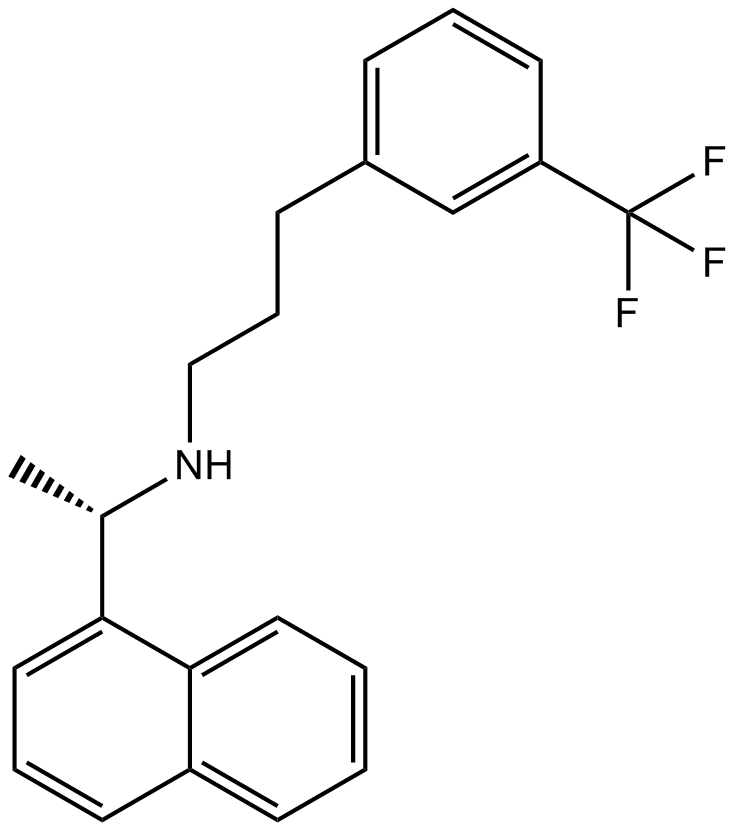
-
GC16708
Cinacalcet HCl
Cinacalcet HCl (AMG-073 hydrochloride) is an orally active, allosteric agonist of Ca receptor (CaR), used for cardiovascular disease treatment.
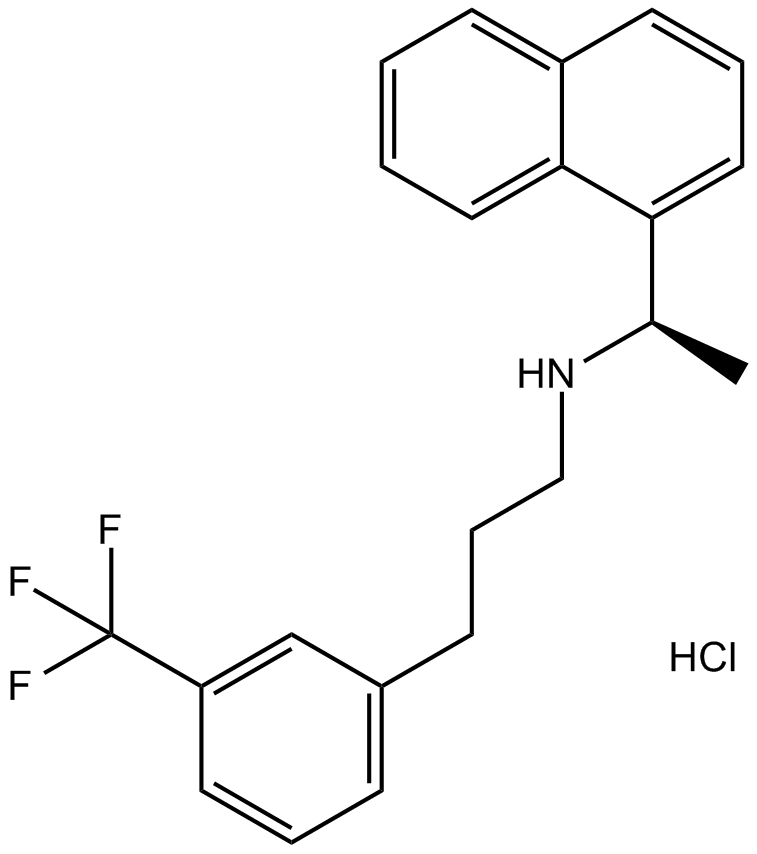
-
GC63745
Cinacalcet-D3
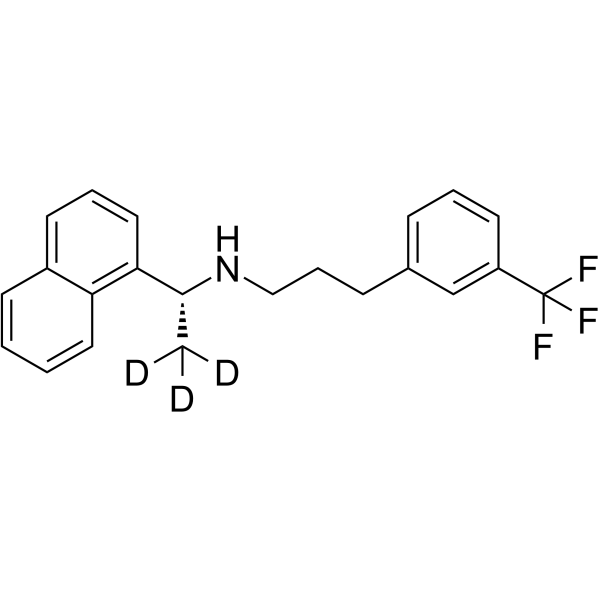
-
GC12230
Cinalukast
CysLT1 (LTD4) leukotriene receptor antagonist
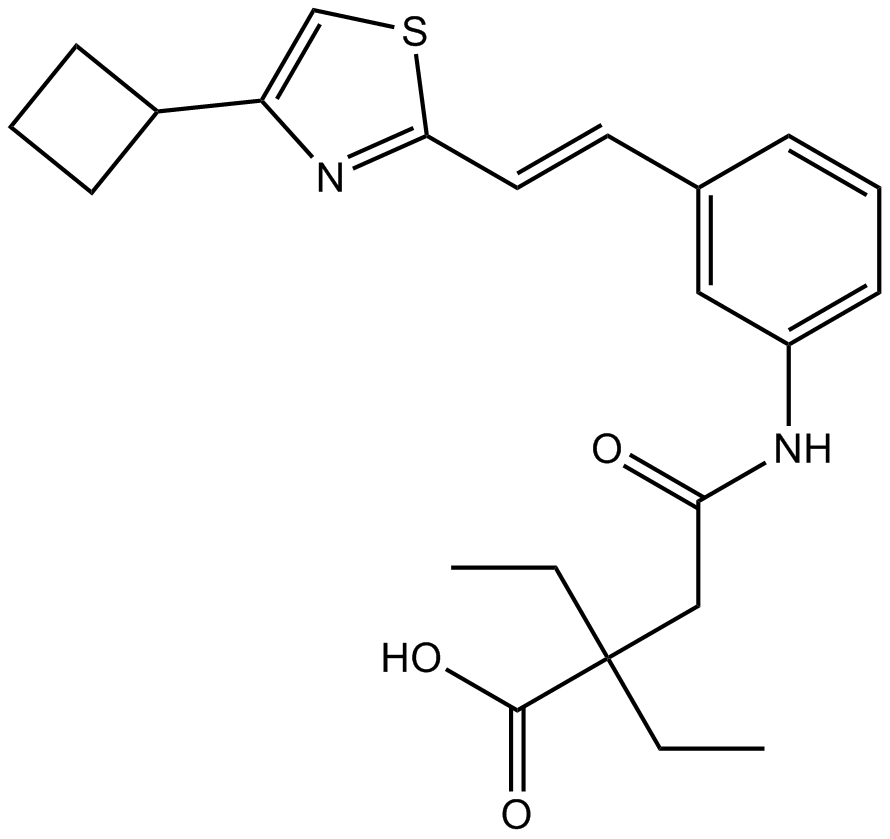
-
GC16135
Cinanserin hydrochloride
5-HT2 antagonist
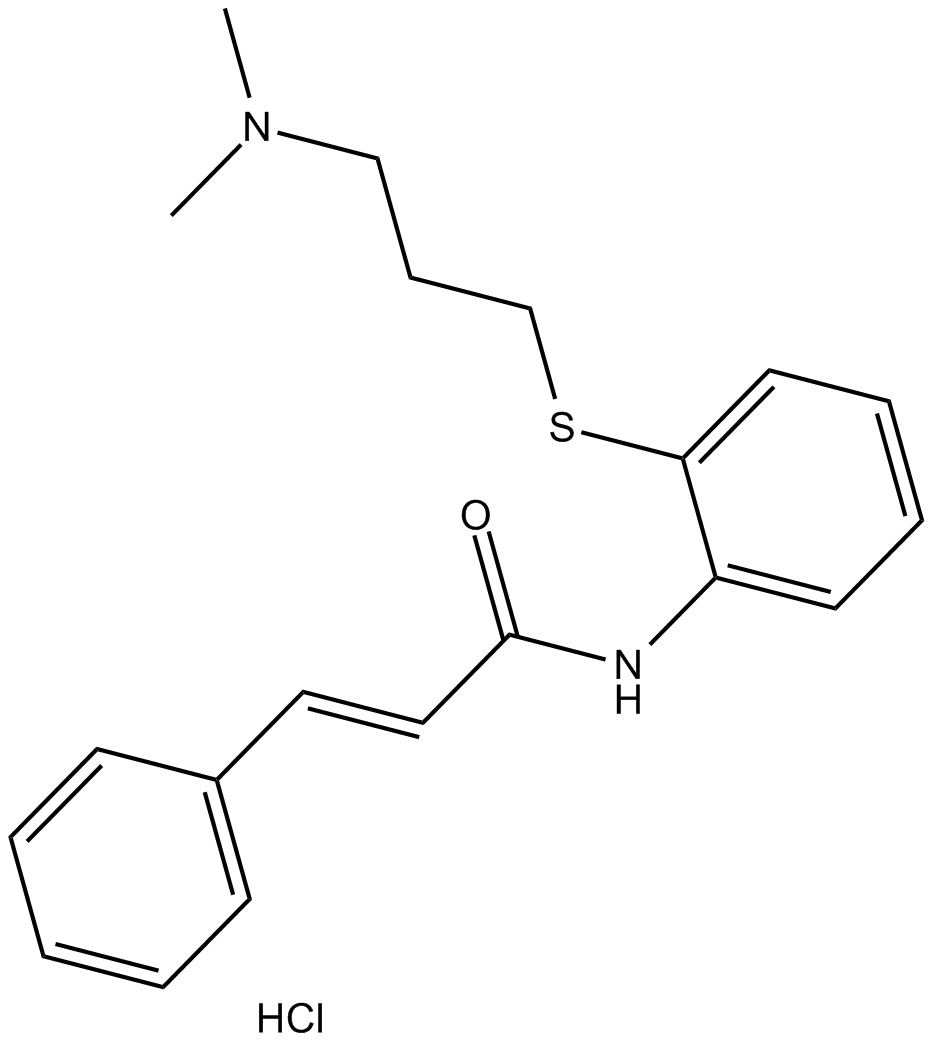
-
GC25253
Cinitapride Hydrogen Tartrate
Cinitapride Hydrogen Tartrate is a gastroprokinetic agent that acts as an agonist of the 5-HT1 and 5-HT4 receptors and as an antagonist of the 5-HT2 receptors

-
GC15218
Cirazoline hydrochloride
α1 agonist
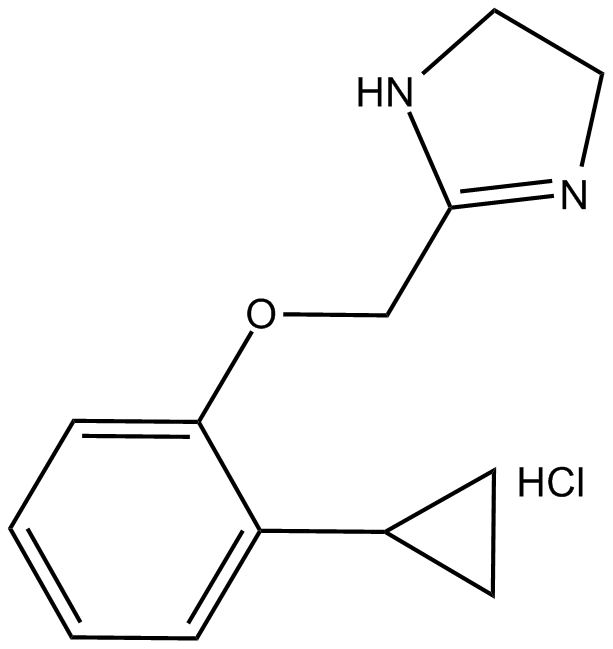
-
GC38753
cis-Urocanic acid
cis-Urocanic acid is a 5-HT2A receptor agonist.
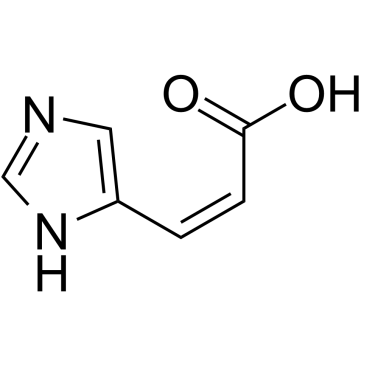
-
GC13533
Cisapride
5-HT4 receptor agonist
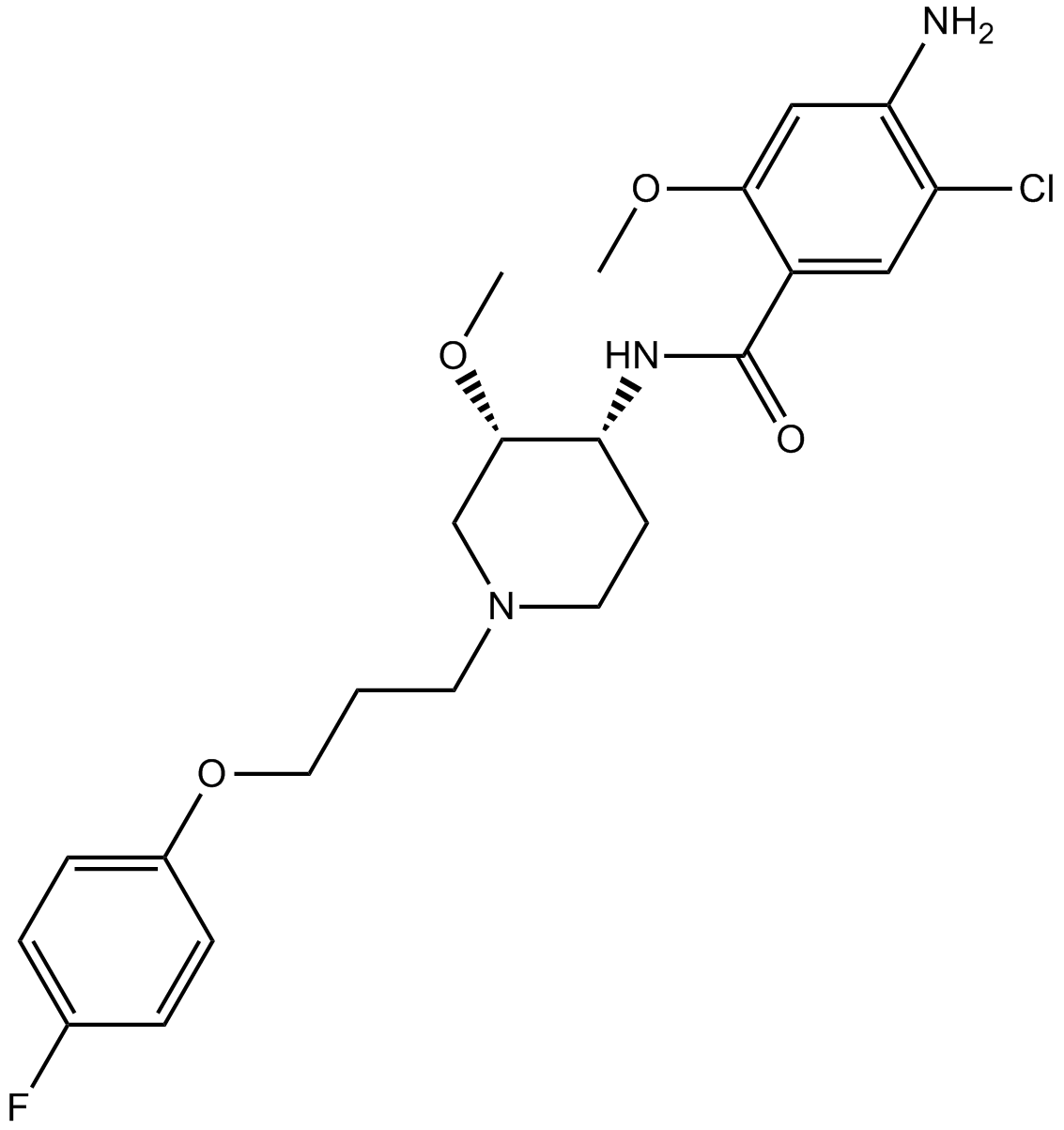
-
GC25259
Cisapride hydrate
Cisapride (Propulsid, Alimix, Propulsin, Enteropride, Kinestase) acts directly as a selective serotonin 5-HT4 receptor agonist with IC50 of 0.483 μM. And It also acts indirectly as a parasympathomimetic.
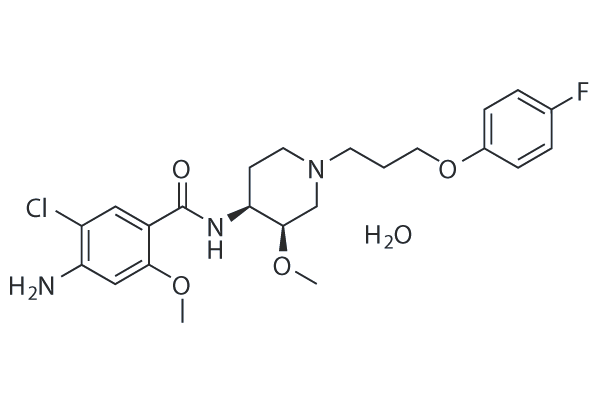
-
GC12226
Cisatracurium Besylate
Neuromuscular-blocking drug
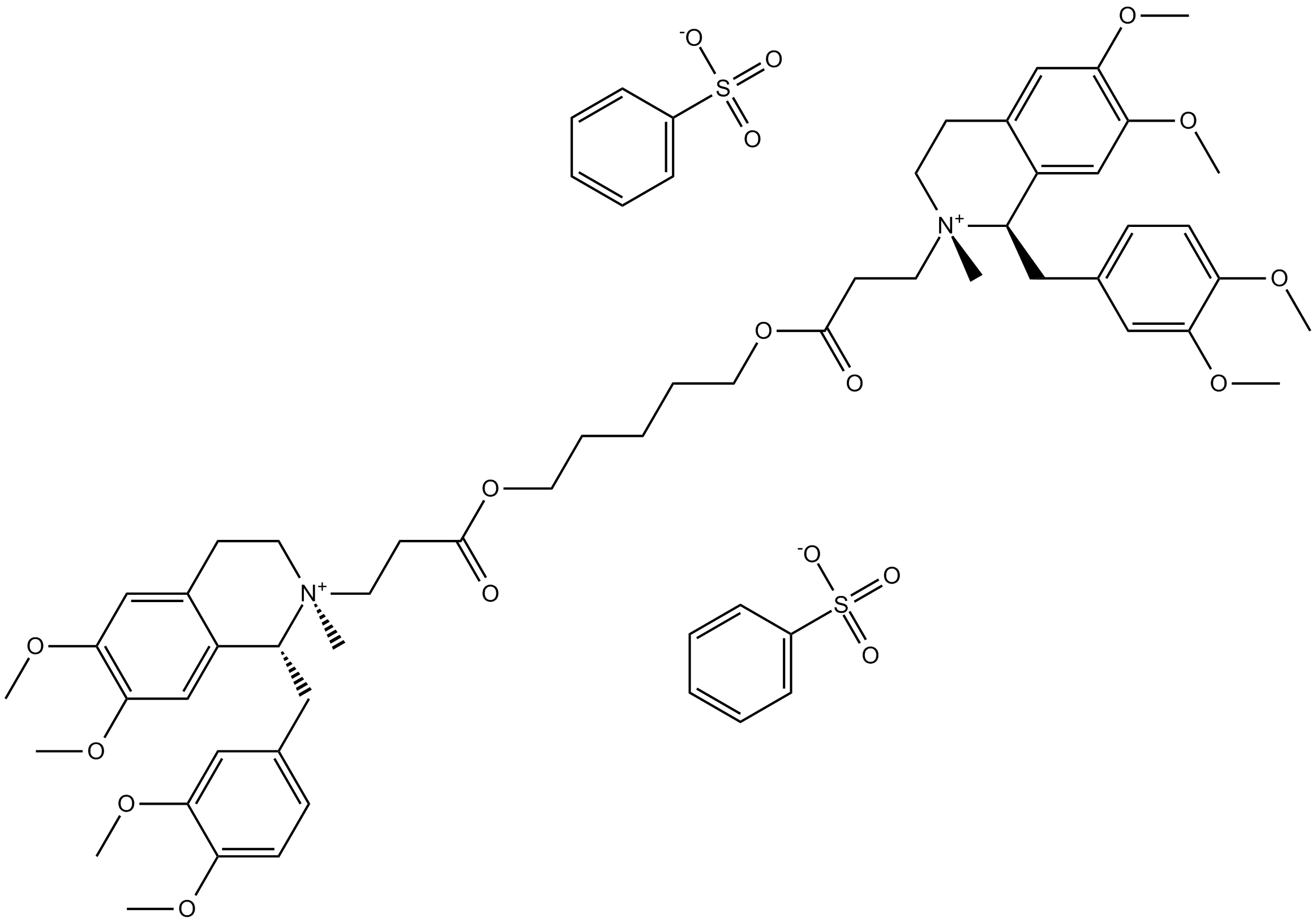
-
GC13583
CJ 033466
5-HT4 partial agonist
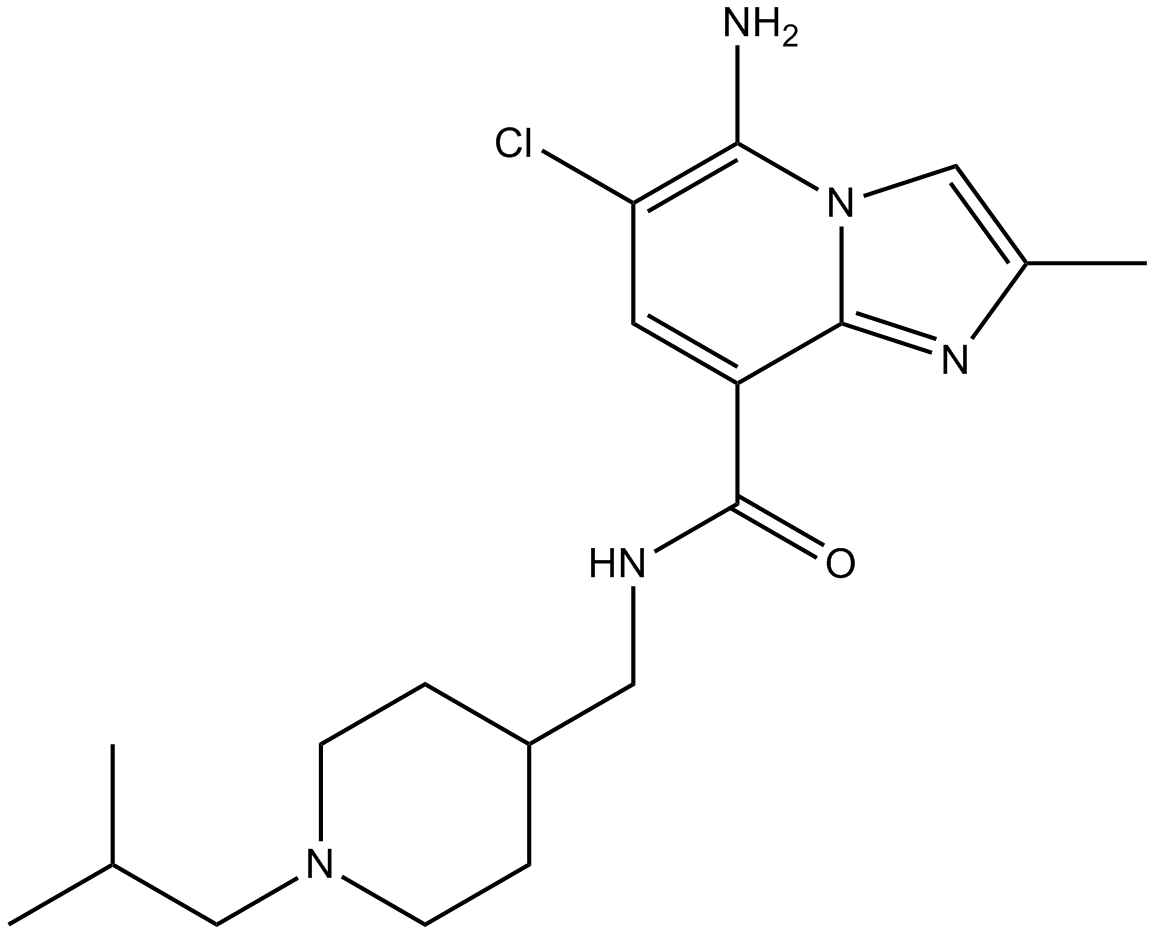
-
GC10771
CJ-023423
CJ-023423 (CJ-023423) is a selective EP4 receptor antagonist whose physiological ligand is prostaglandin E2 (PGE2).
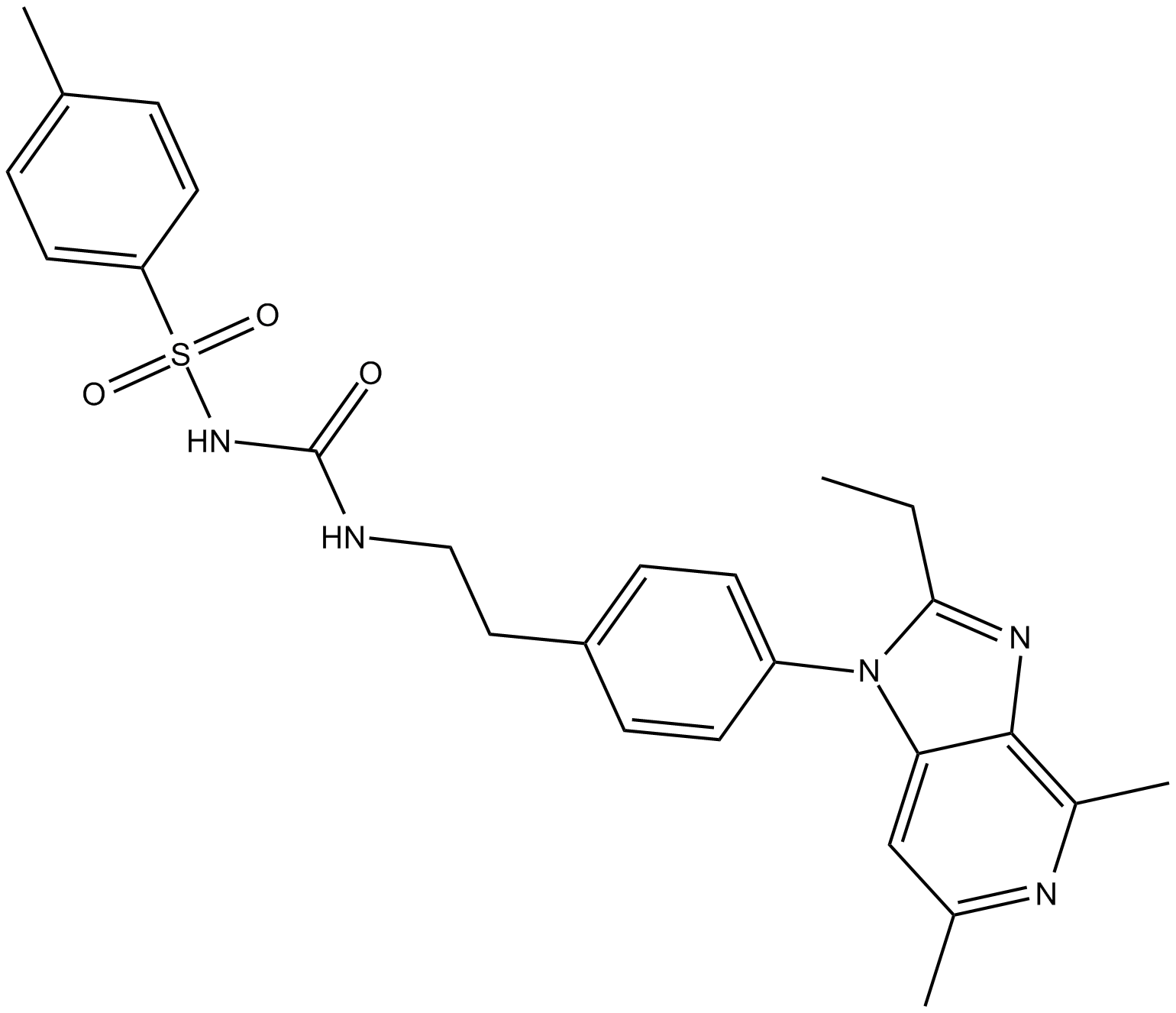
-
GC13284
CJ-42794
EP4 antagonist
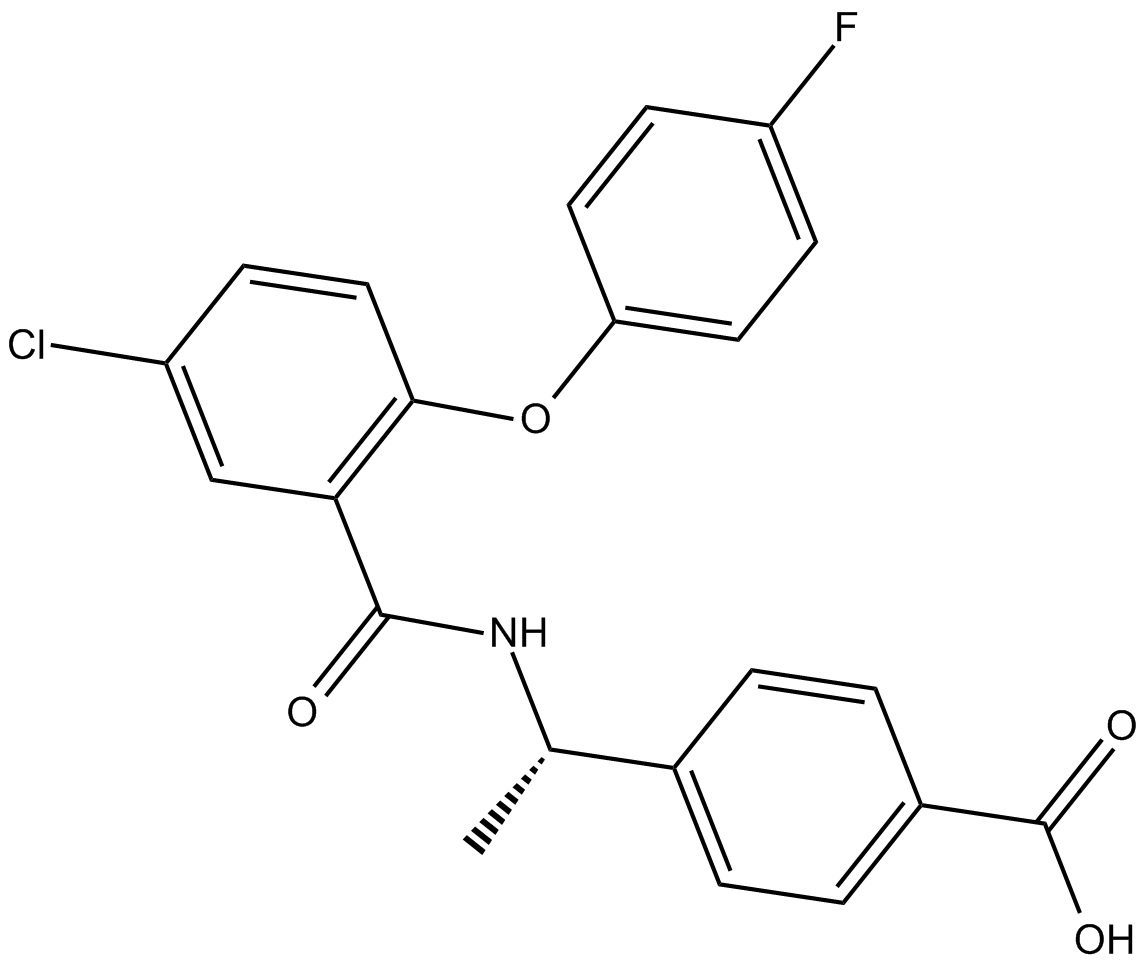
-
GC43276
CL 316,243 (disodium salt)
A murine-selective β3 adrenoceptor agonist
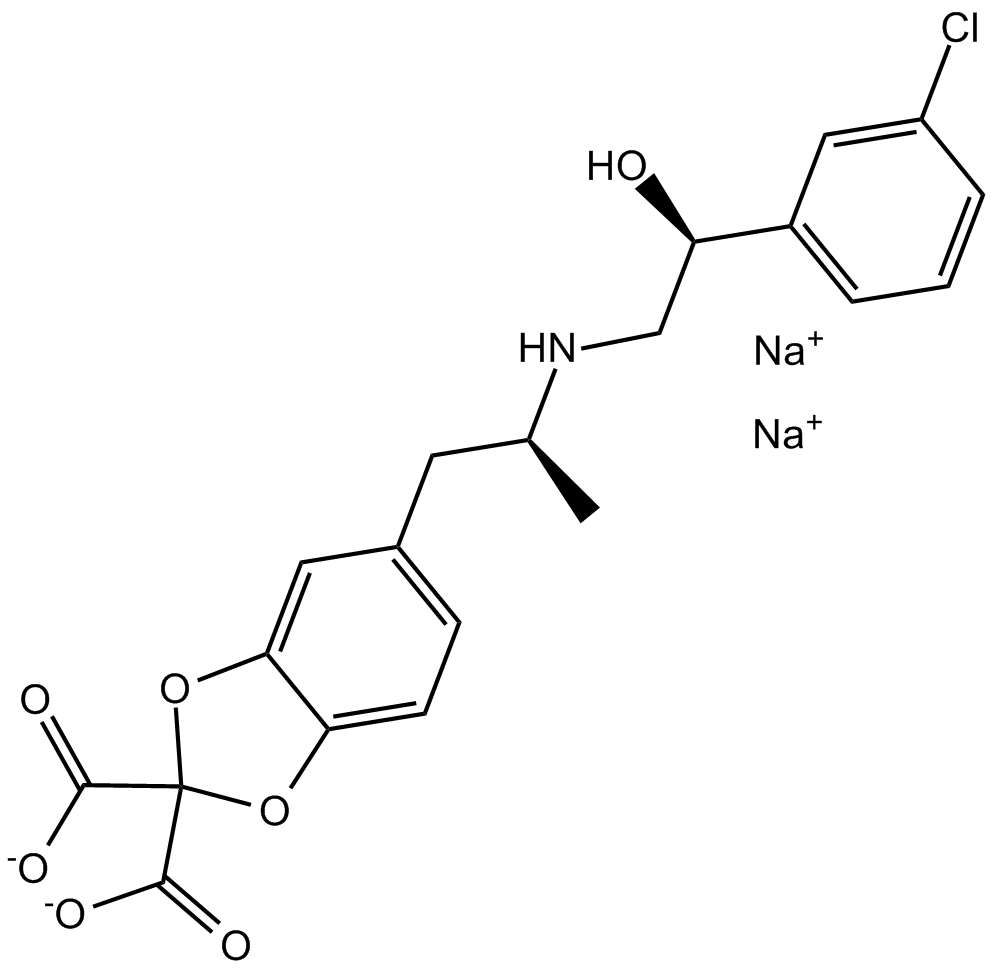
-
GC10509
Cladribine
Apoptosis inducer in CLL cells
